May 12-14, 2022
Our campground was a few miles outside of Harrison, but it had lots of trees and friendly staff. We thought our explorations would probably take us northeast to Mountain Home and northwest to the Branson area.
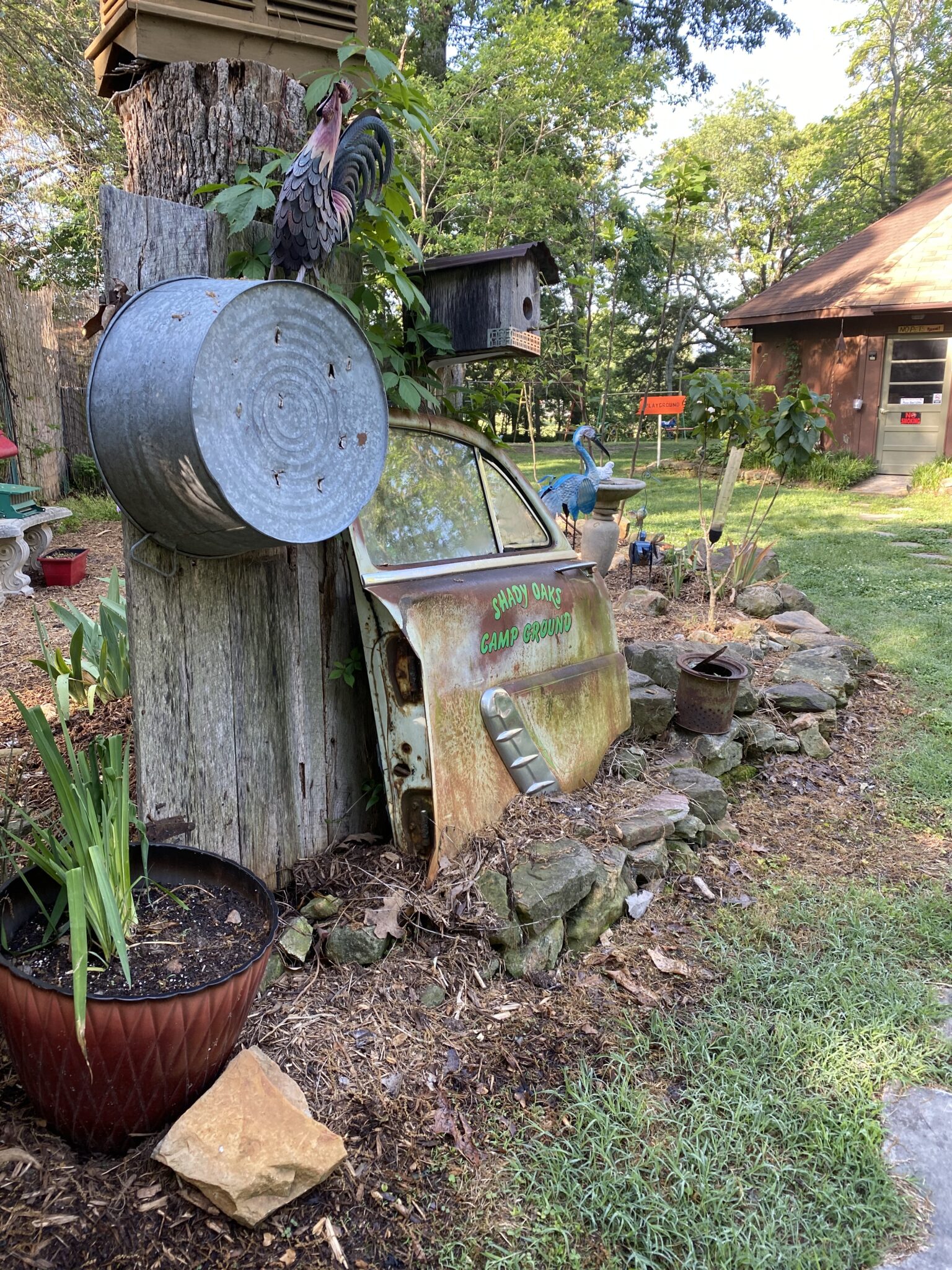
Our first priority was finding the oldest geocache in Arkansas which was in Mountain Home, about 40 miles away.
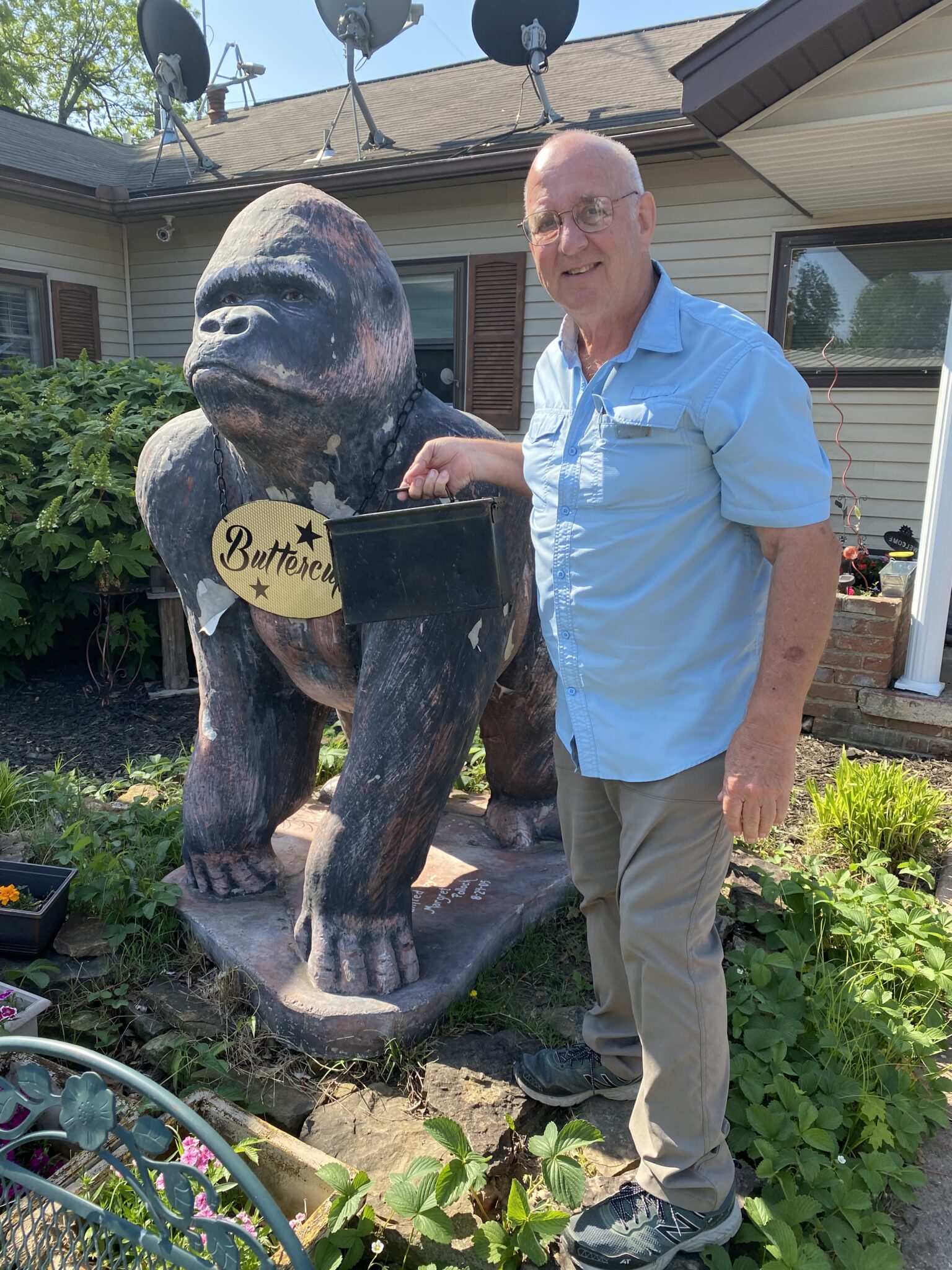
Our drive took us through Yellville which, we were disappointed to learn, was named for a person whose surname was Yell, and not for anything having to do with loud voices.
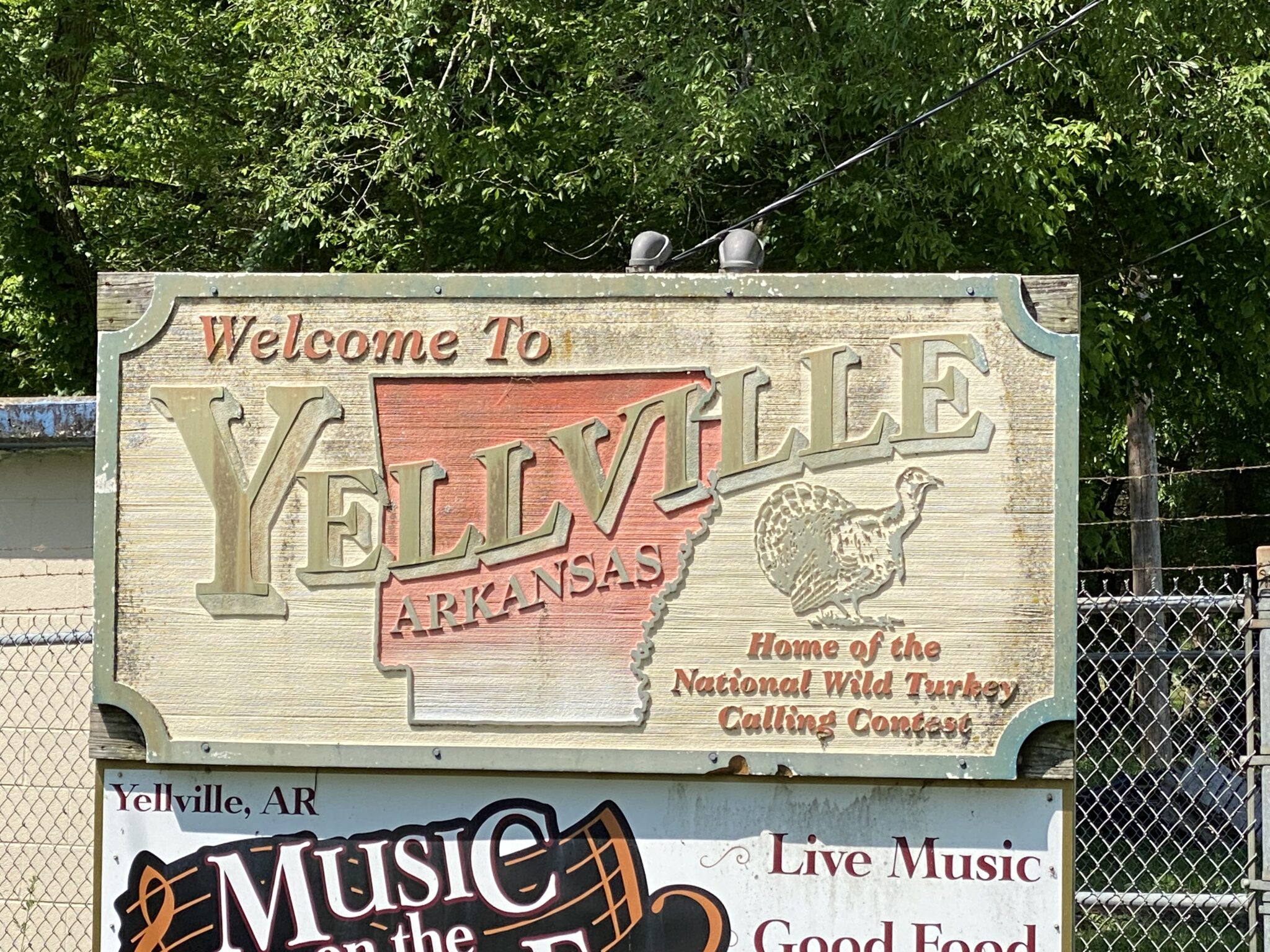
We explored the ghost town of Rush in order to answer some questions to claim another geocache. The area has been used by a succession of residents: First by ancient Indians and in the 1840’s and 1850’s by settlers who farmed the area. In the early 1880’s ore with silver flecks was discovered and a smelter was built to process the ore. The flecks turned out to be zinc which produced rainbows when it was oxidized in the smelter.
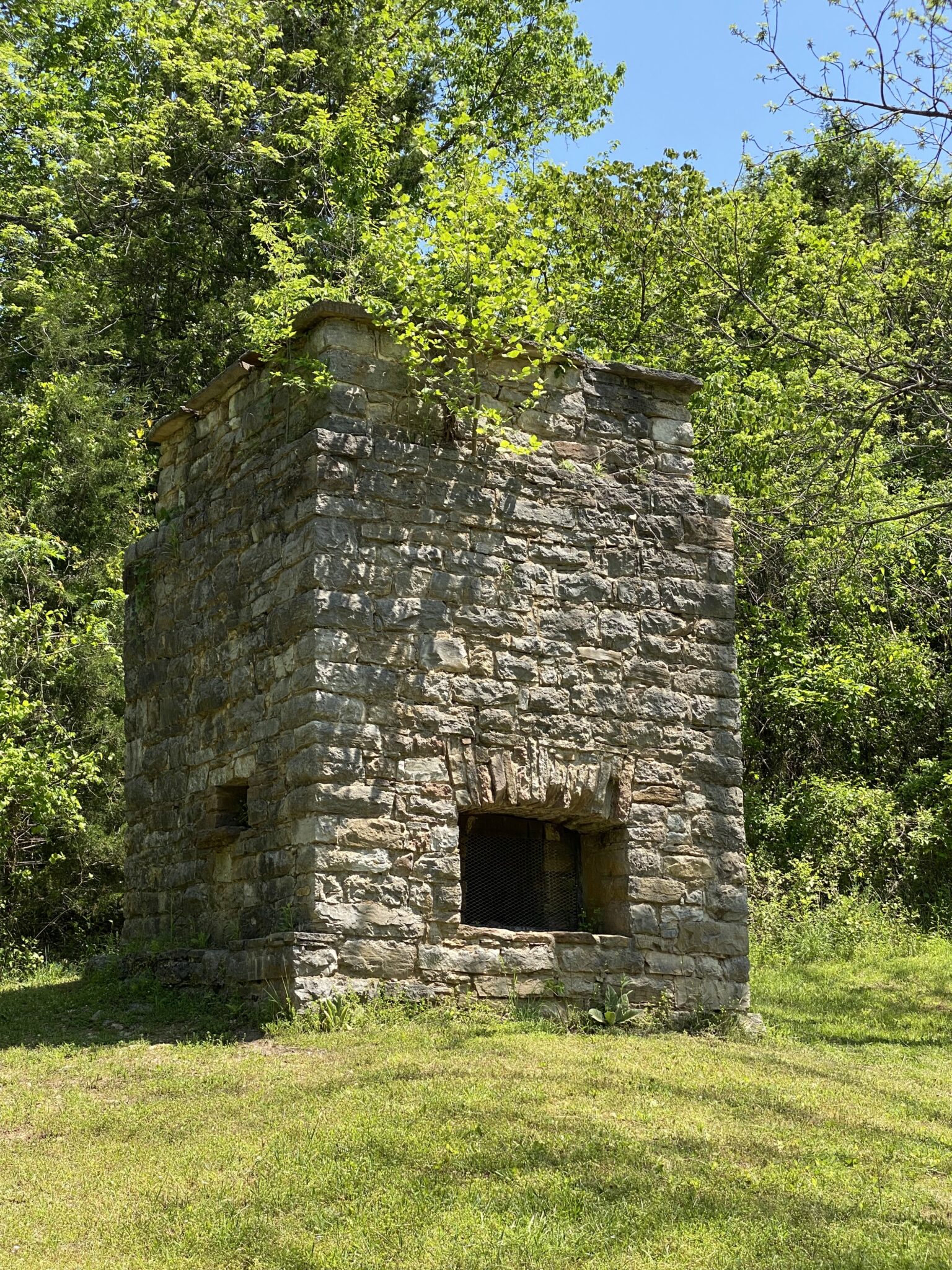
In 1898 mills in the area crushed 50 tons of rock a day. By 1918, 200 tons were being crushed each day. The mines are sealed and the equipment was sold for scrap iron in the 1940’s. Foundations that remain are being reclaimed by vegetation.
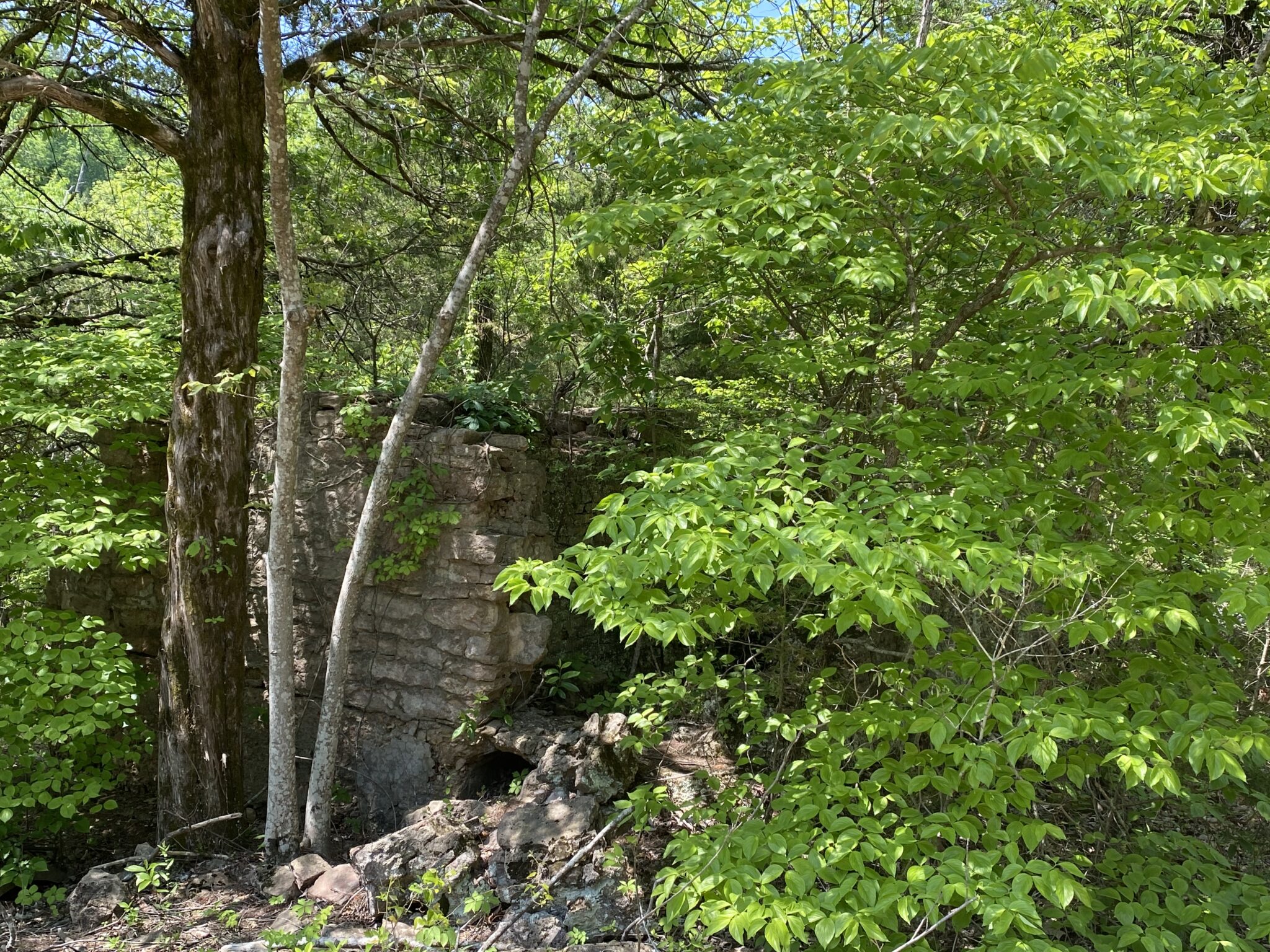
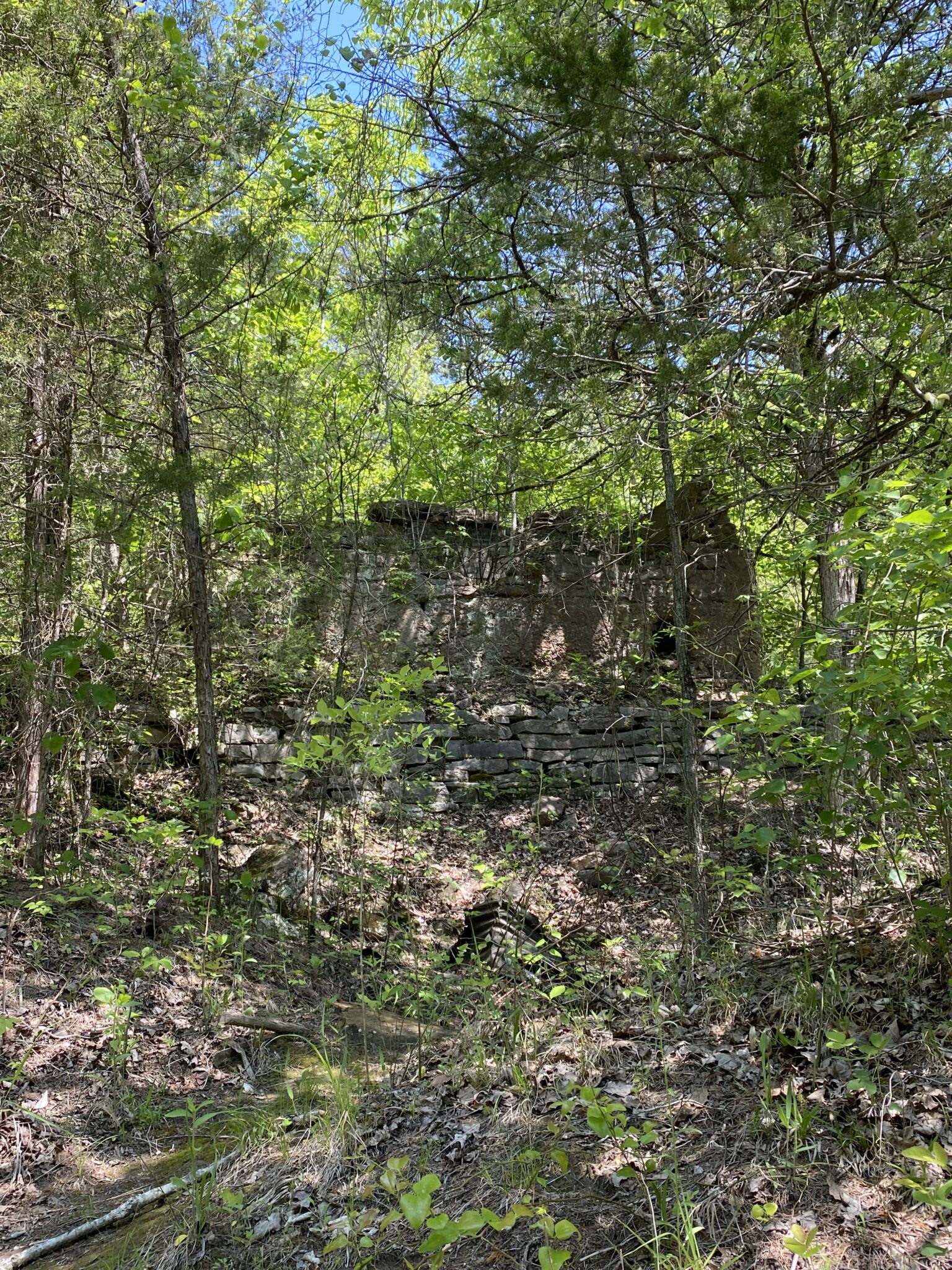
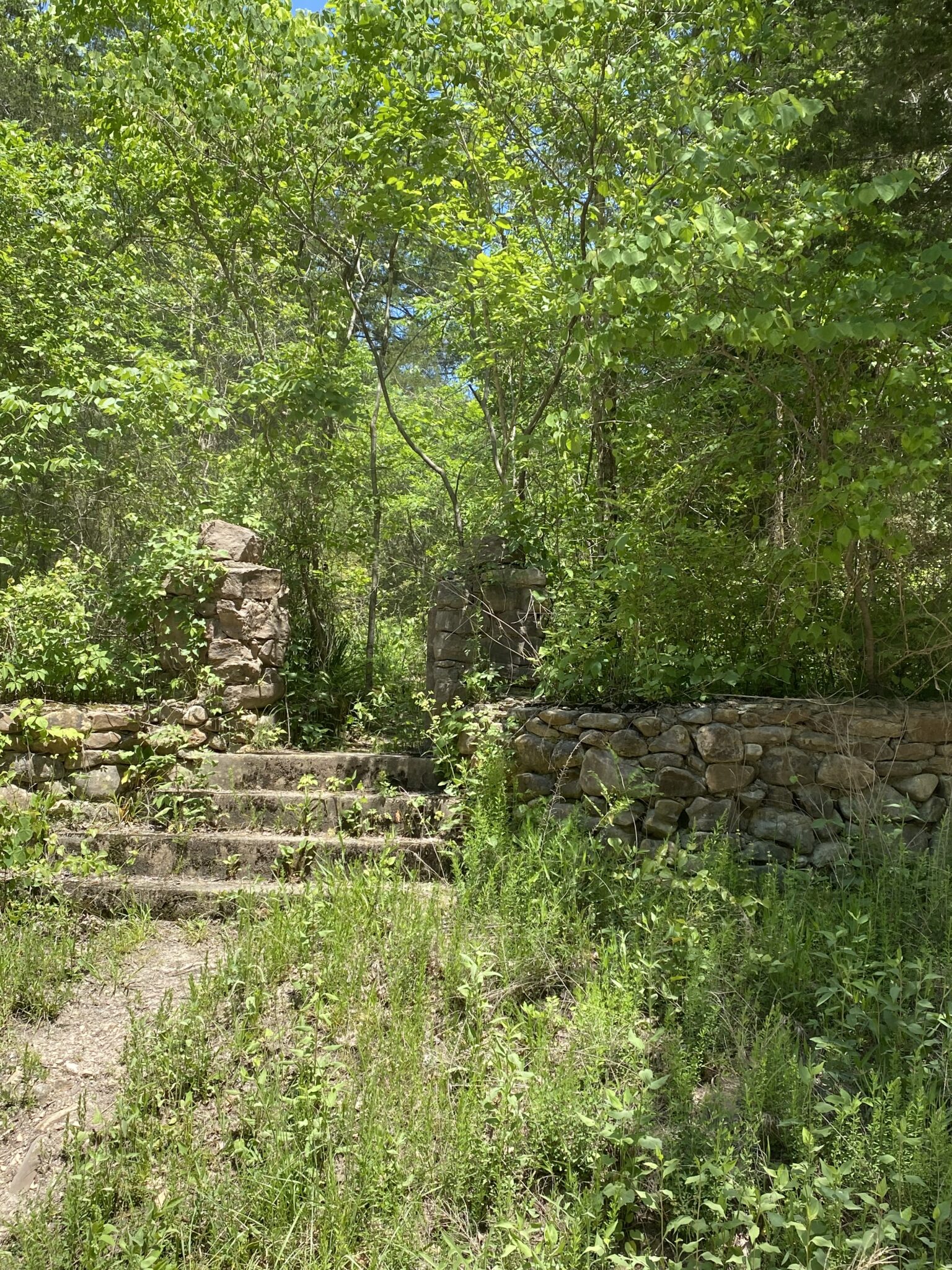
More than 5000 people lived in the area around 1915.
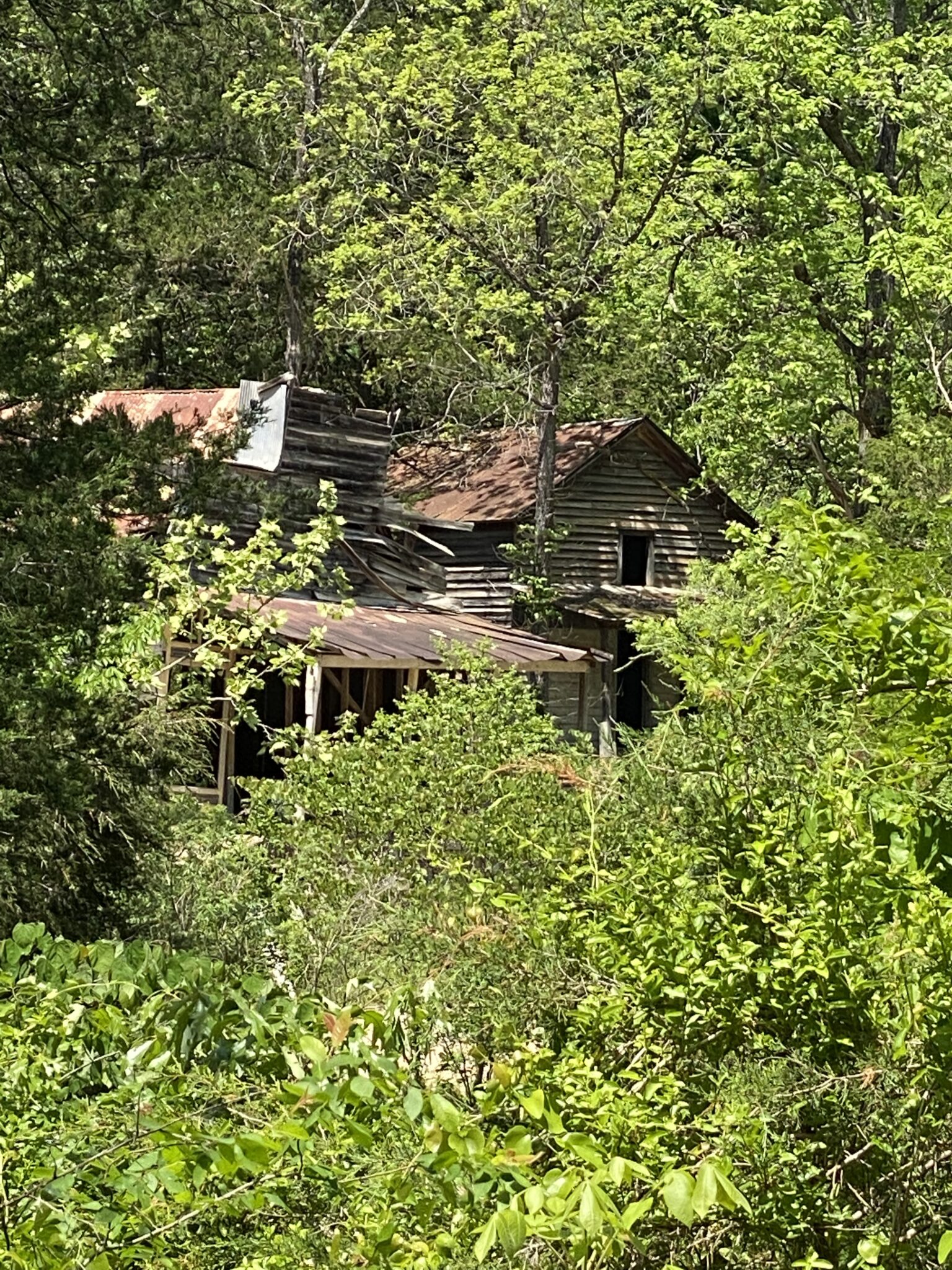
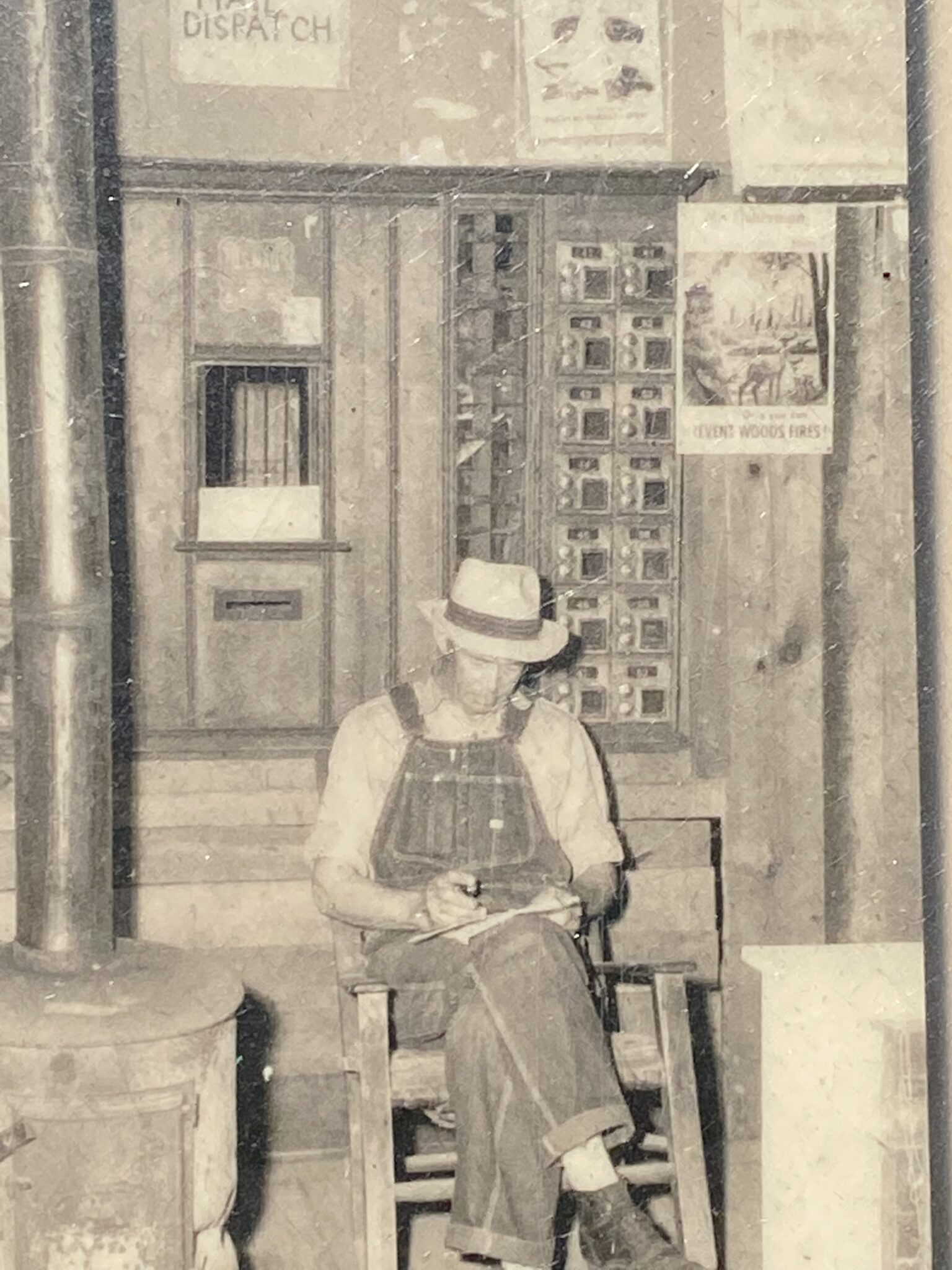
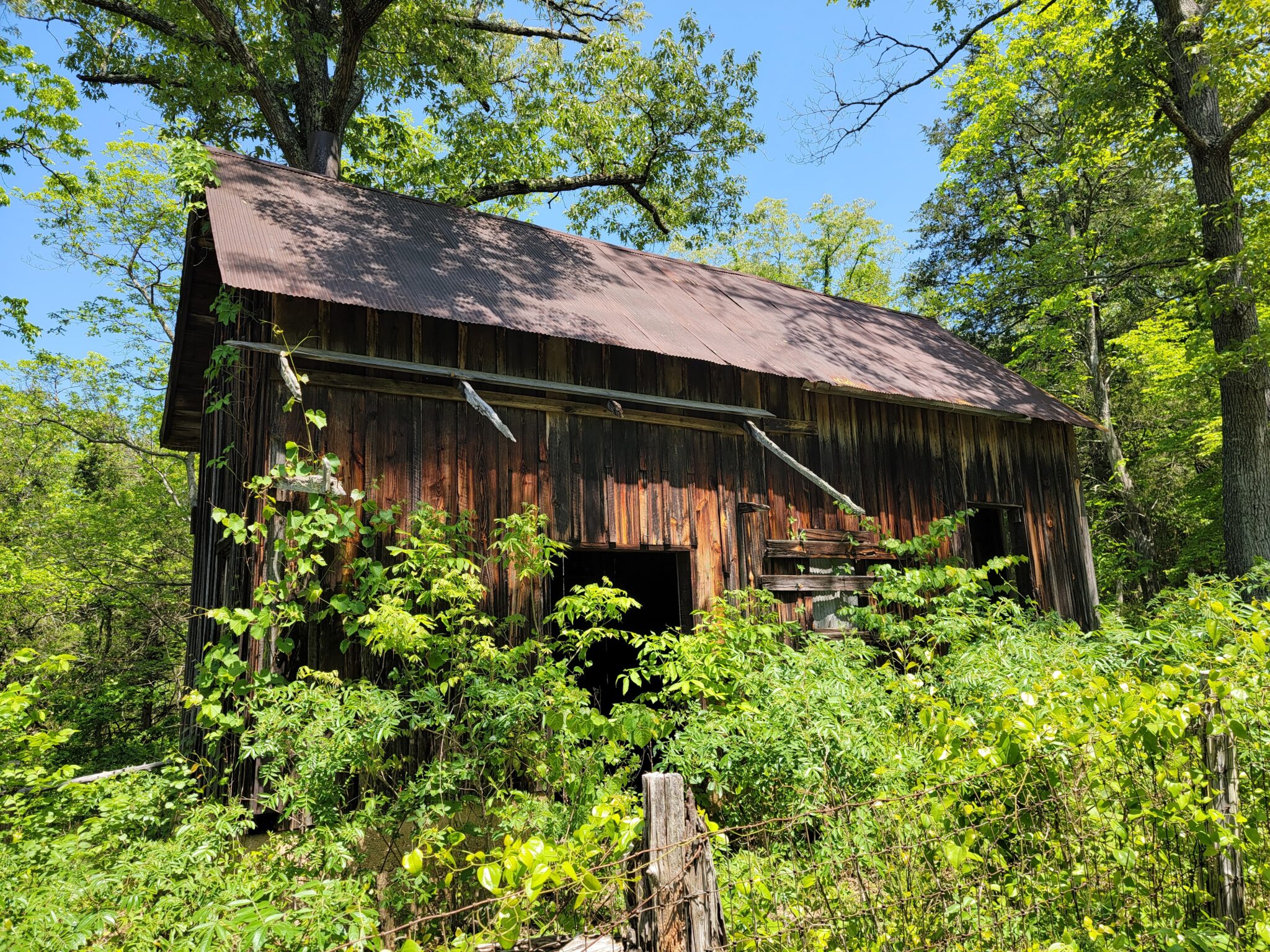
A few structures remain along the road into the area are now protected by the National Park Service.
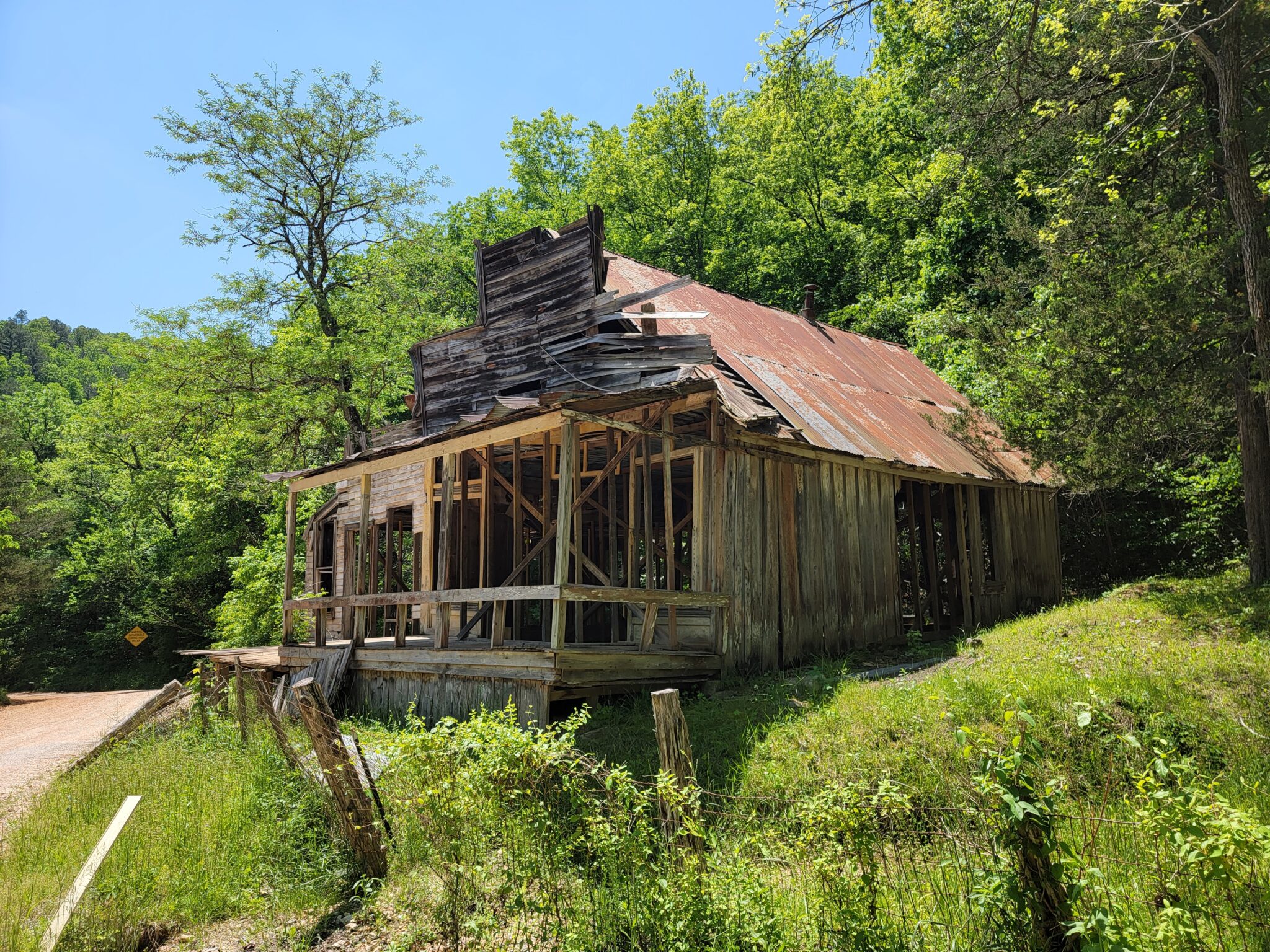
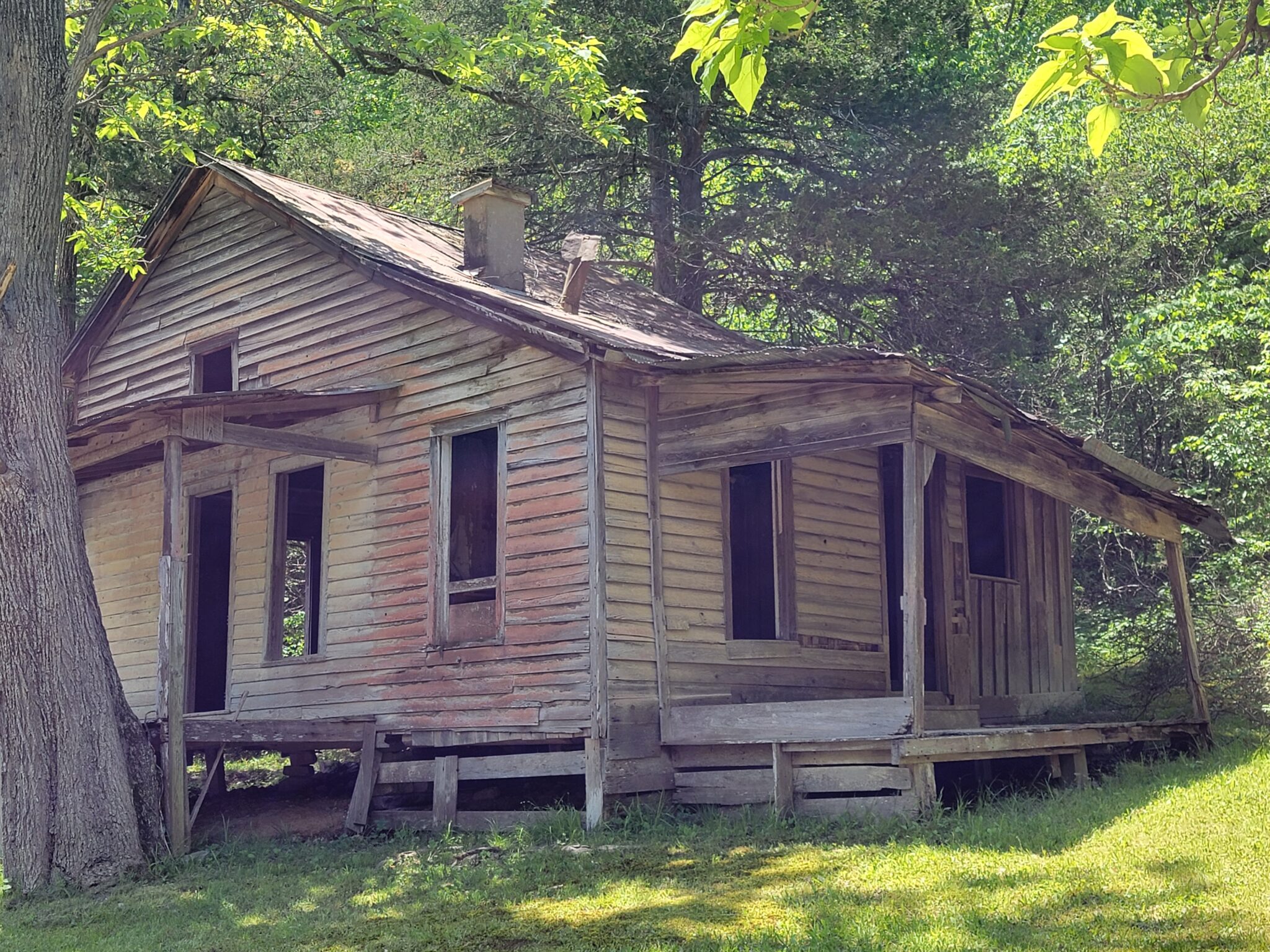
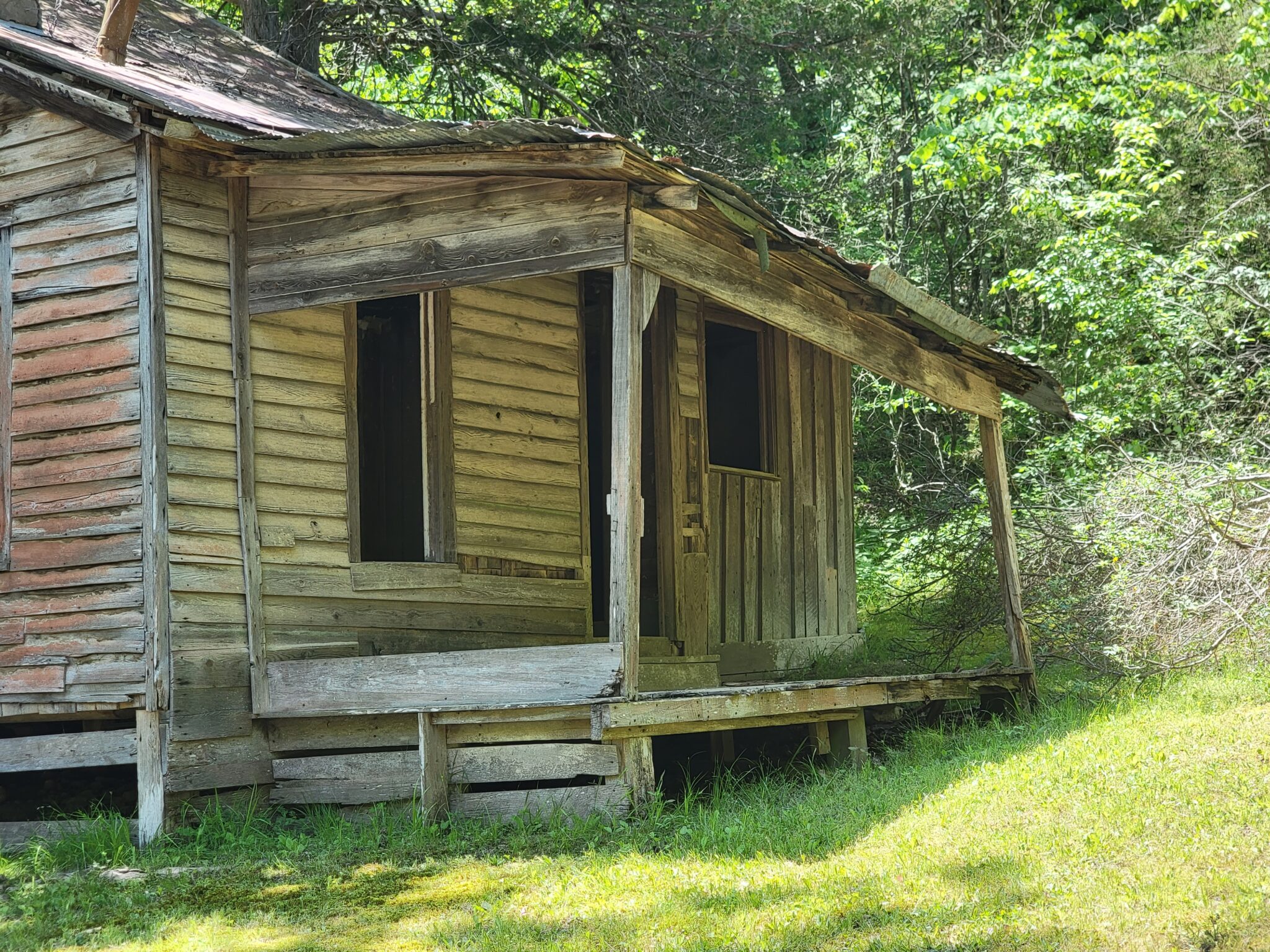
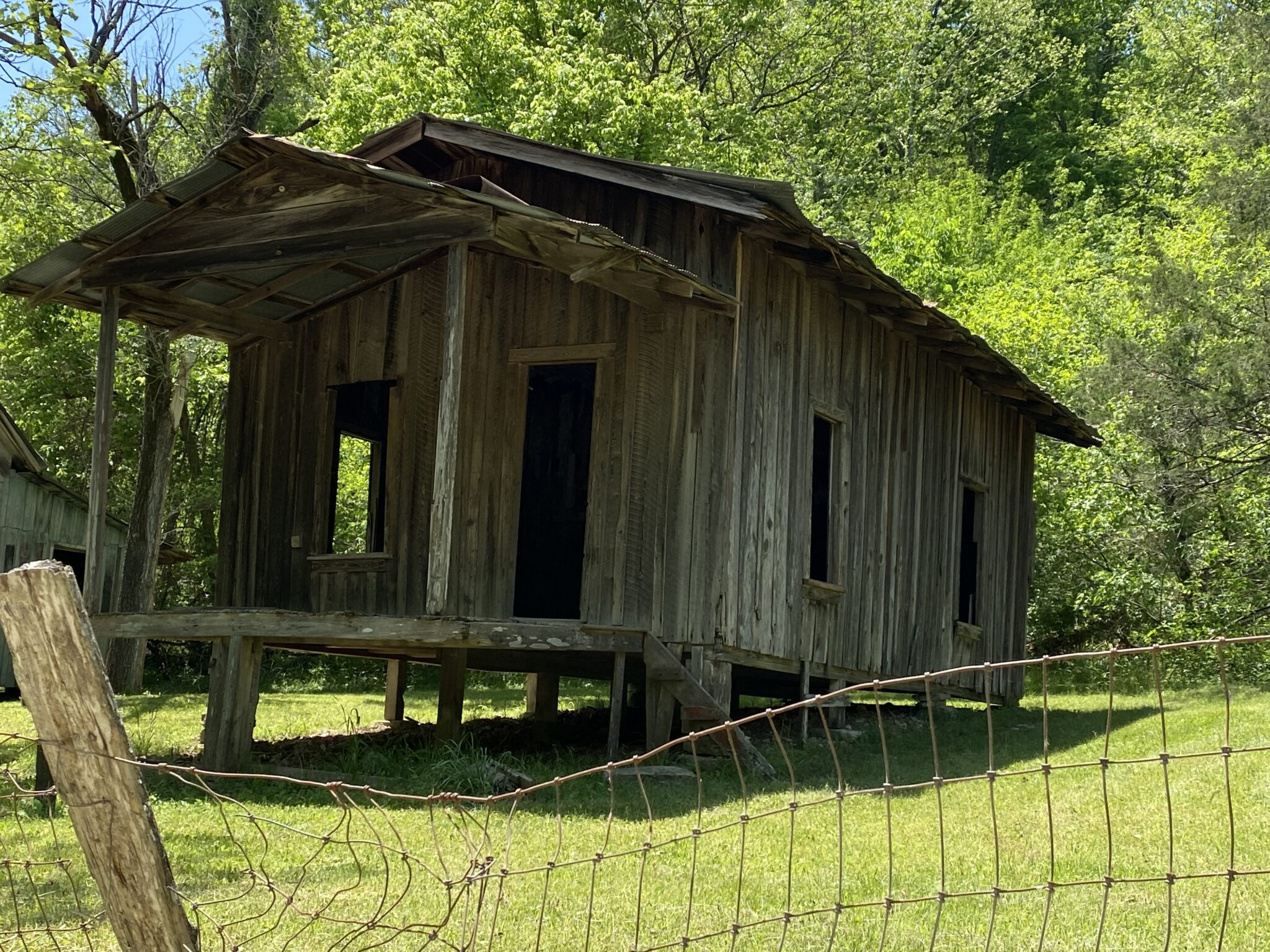
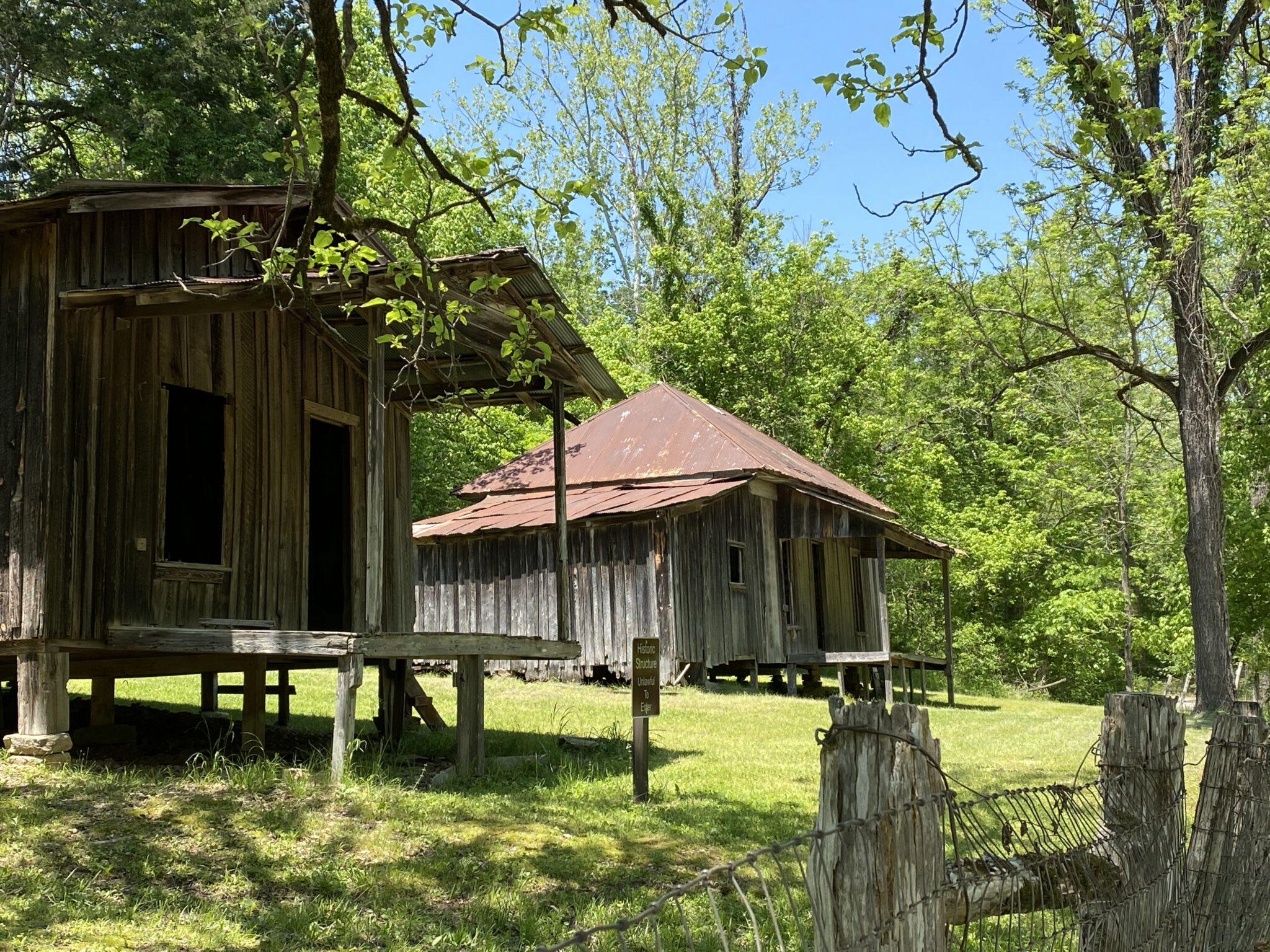
Several geocaches took us to sites along the Buffalo National River, the first national river to be designated in the U.S. If we’d had another day . . .
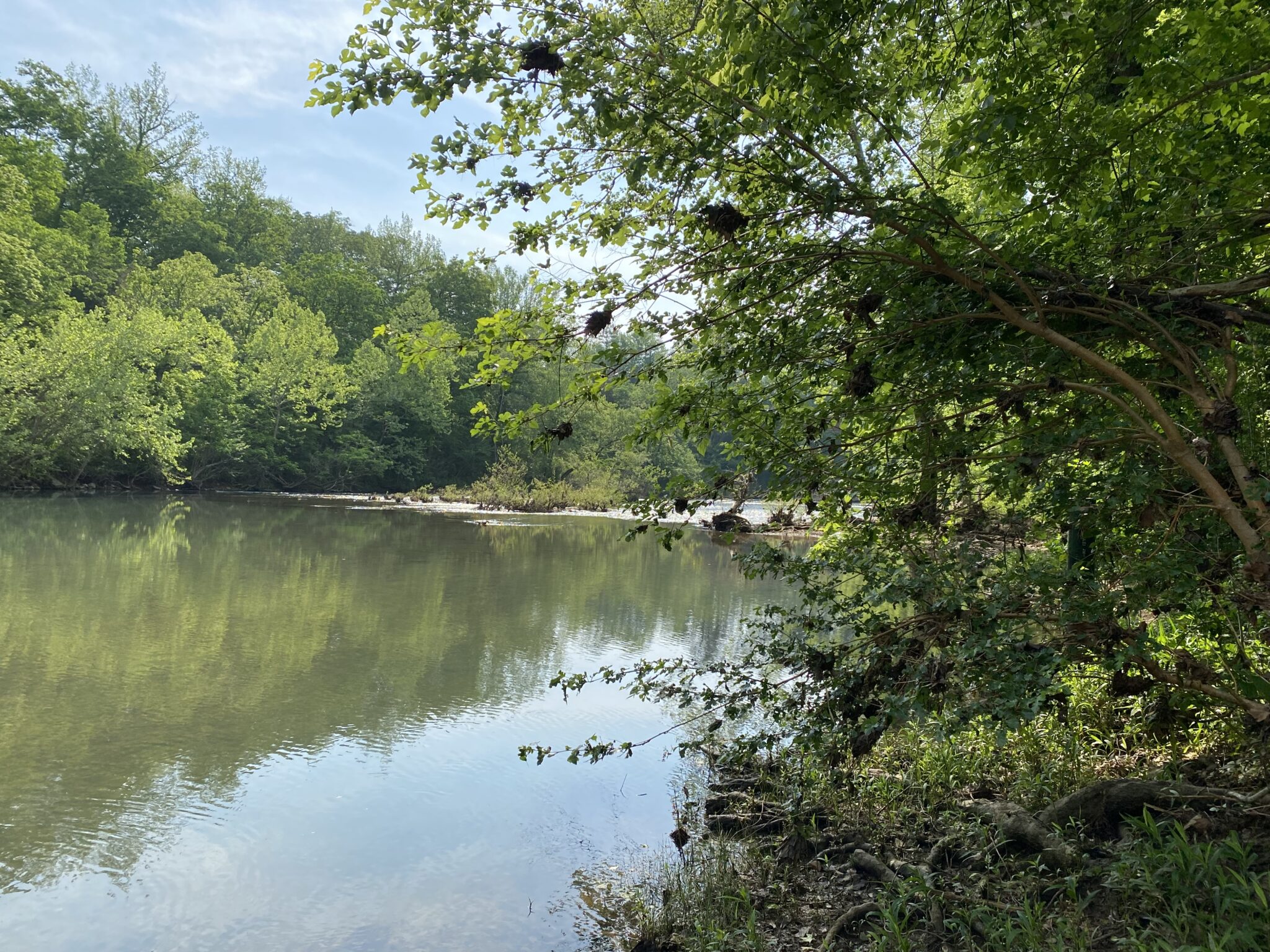
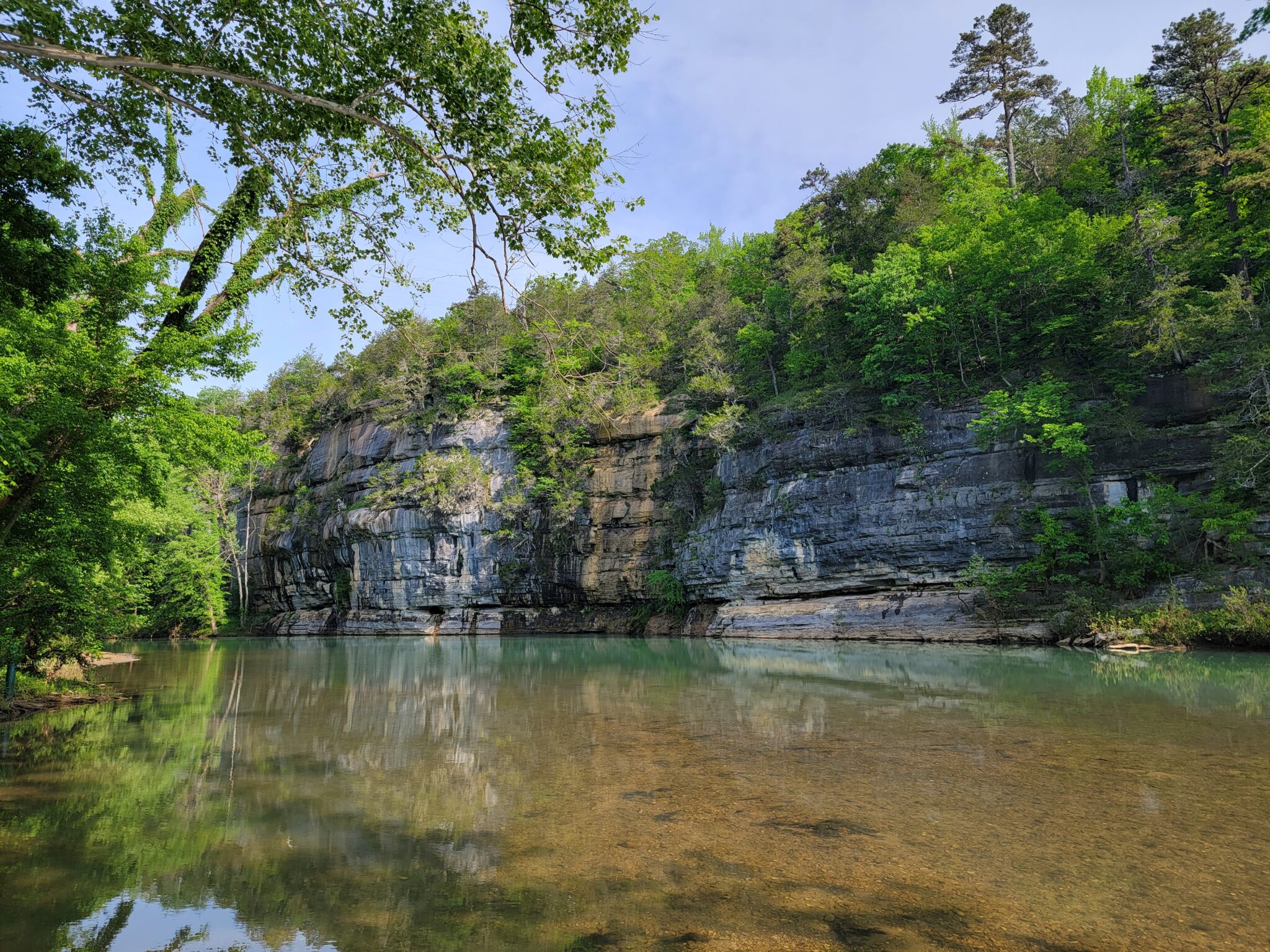
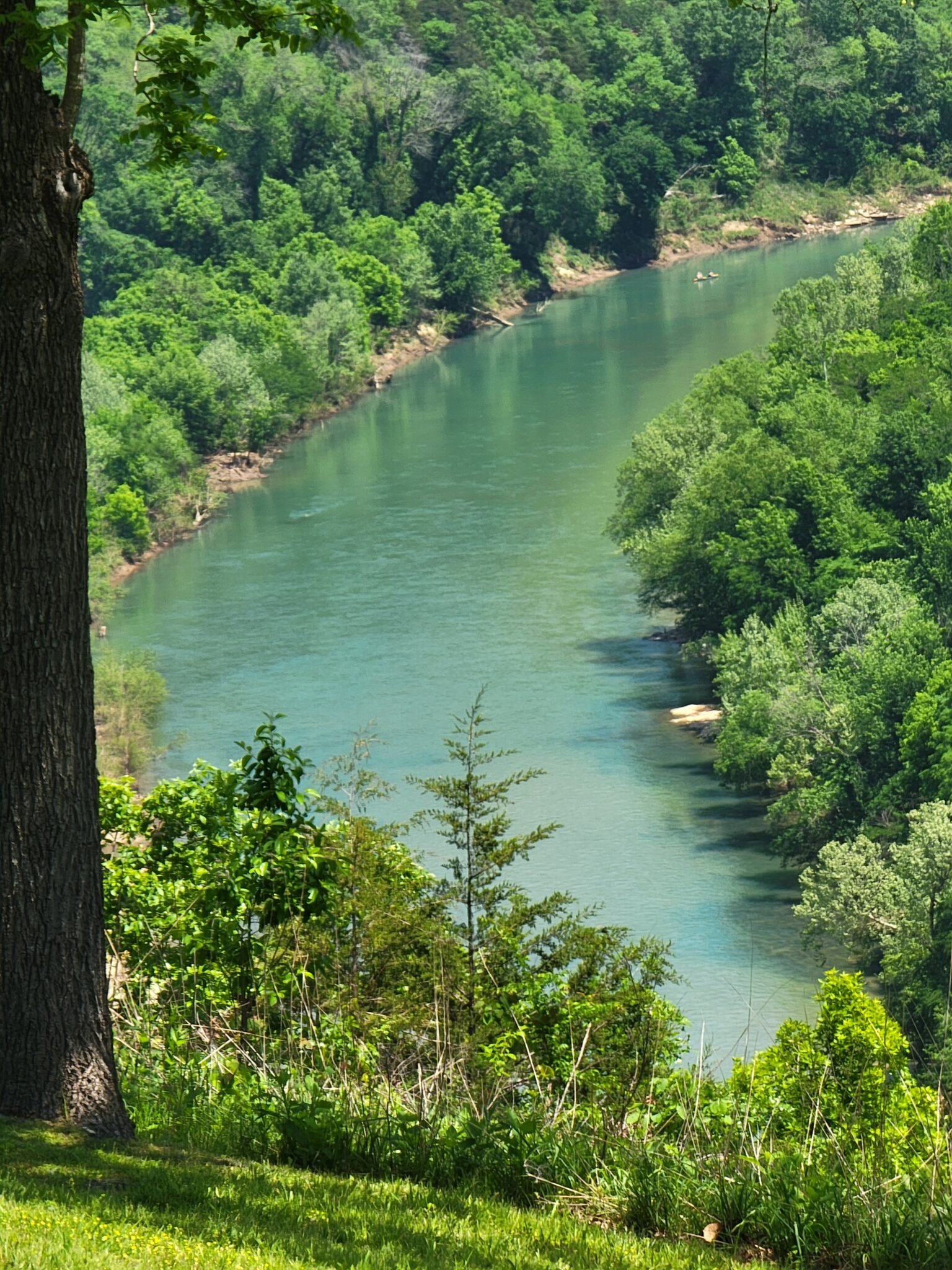
We completed several interesting earth caches while in the area. Earth caches are about a geological feature of the area and are claimed by submitting the answers to questions to the cache owner–there’s no physical cache to find. One earth cache about types of rocks in the area was located in a cemetery. We had to examine six headstones and discuss their composition. Another earth cache had us look at monuments around the Boone County courthouse.
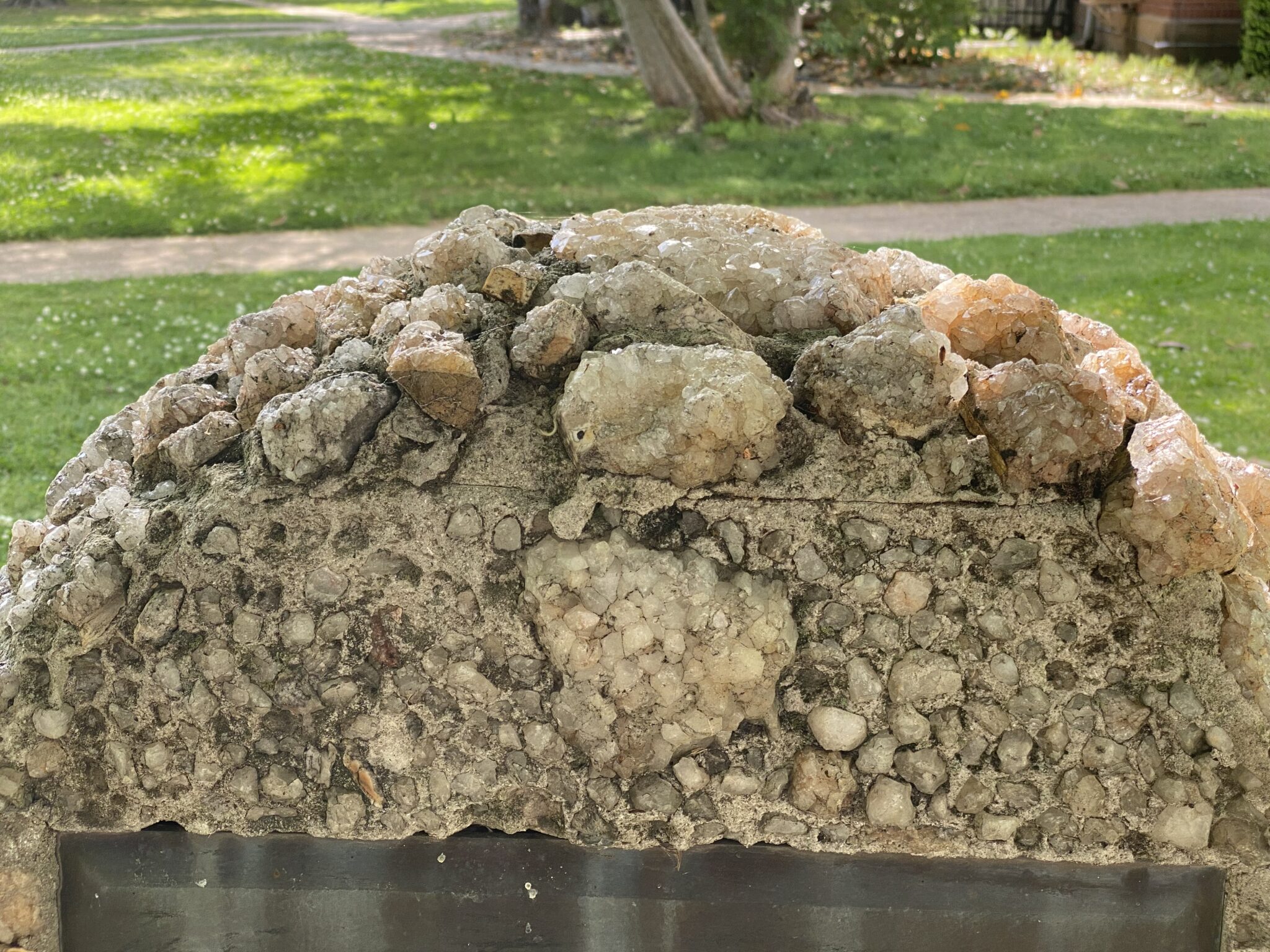
A final earth cache was located at a site where limestone was quarried for road construction. Rocks at the site contain many marine fossils formed when the area was covered by a vast inland sea.
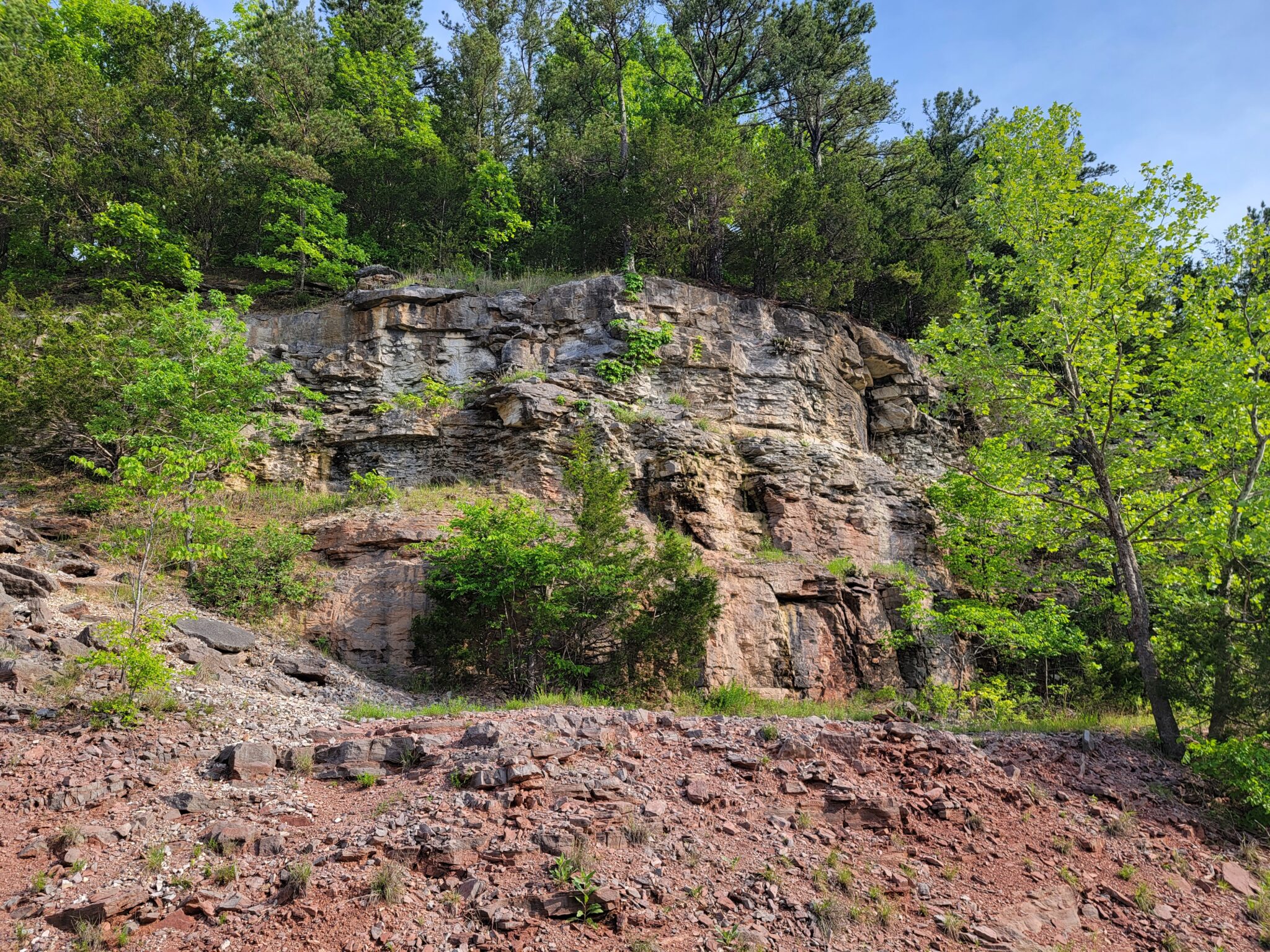
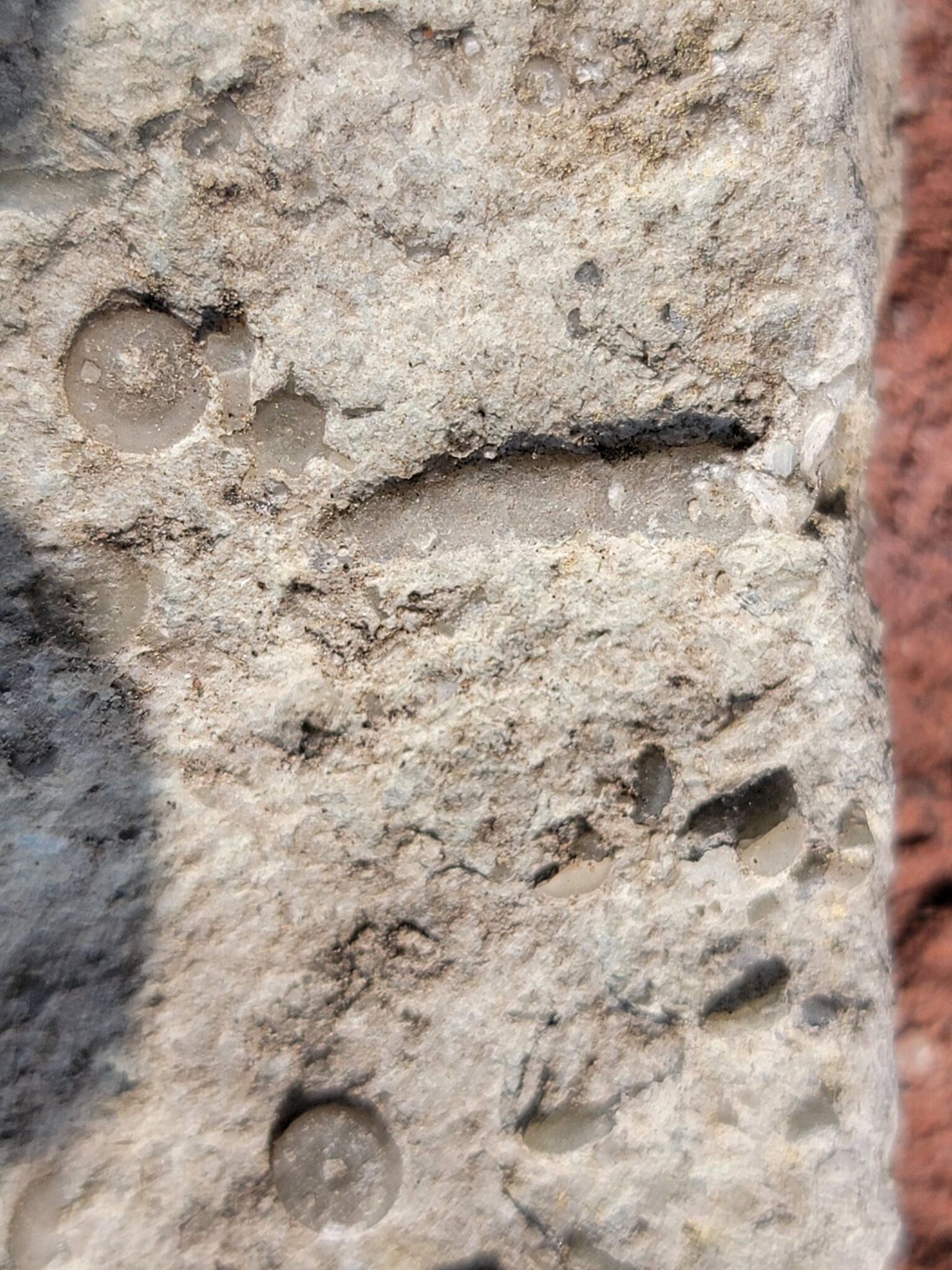
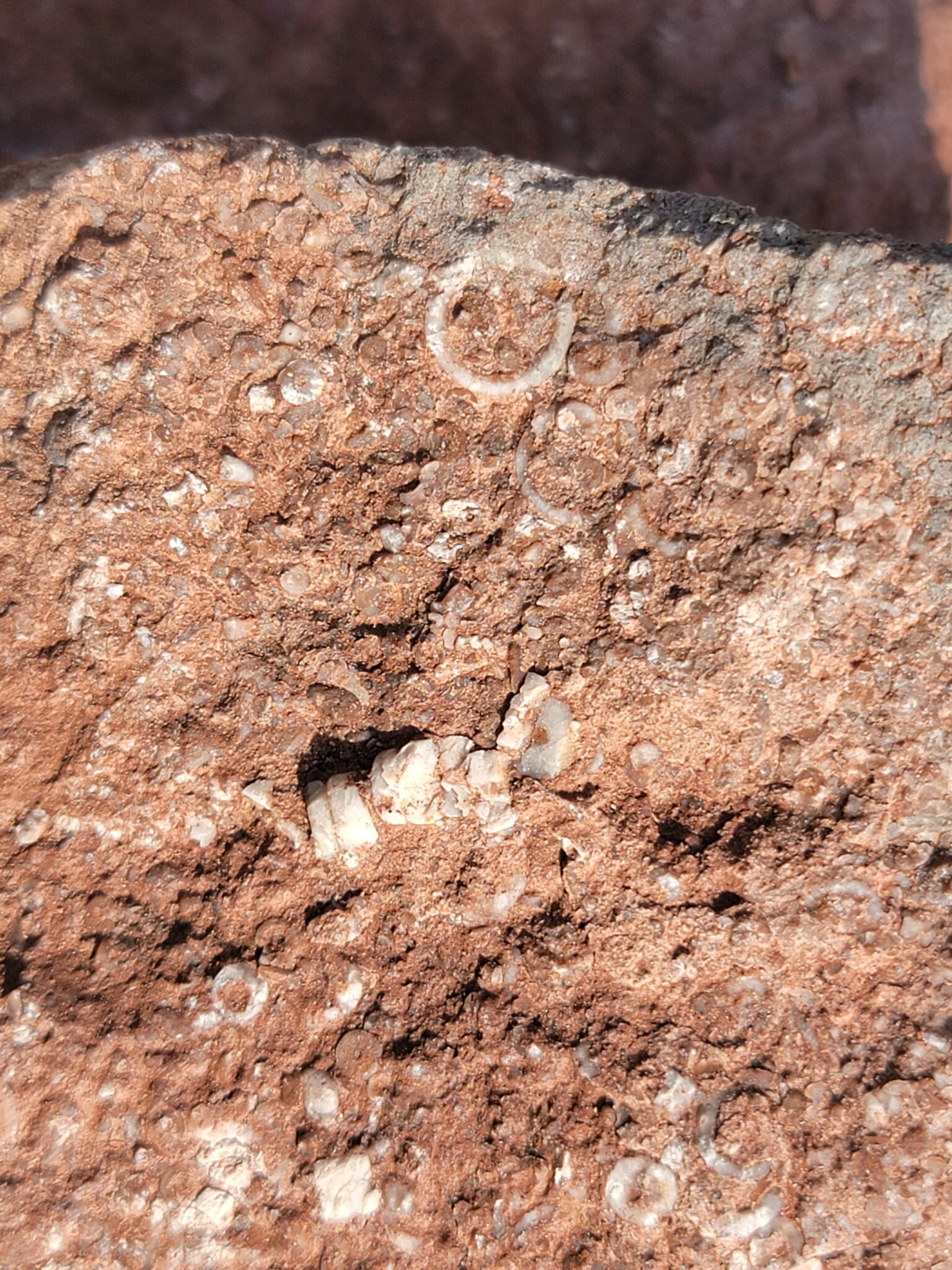
We visited Dave’s aunt-by-marriage Judy and her husband Rick Galati the first week we were on the road five years ago when they lived near St. Louis. They’ve moved to a new house near Branson, Missouri (shouting distance from Harrison, Arkansas where we were staying) and welcomed us for a return visit.
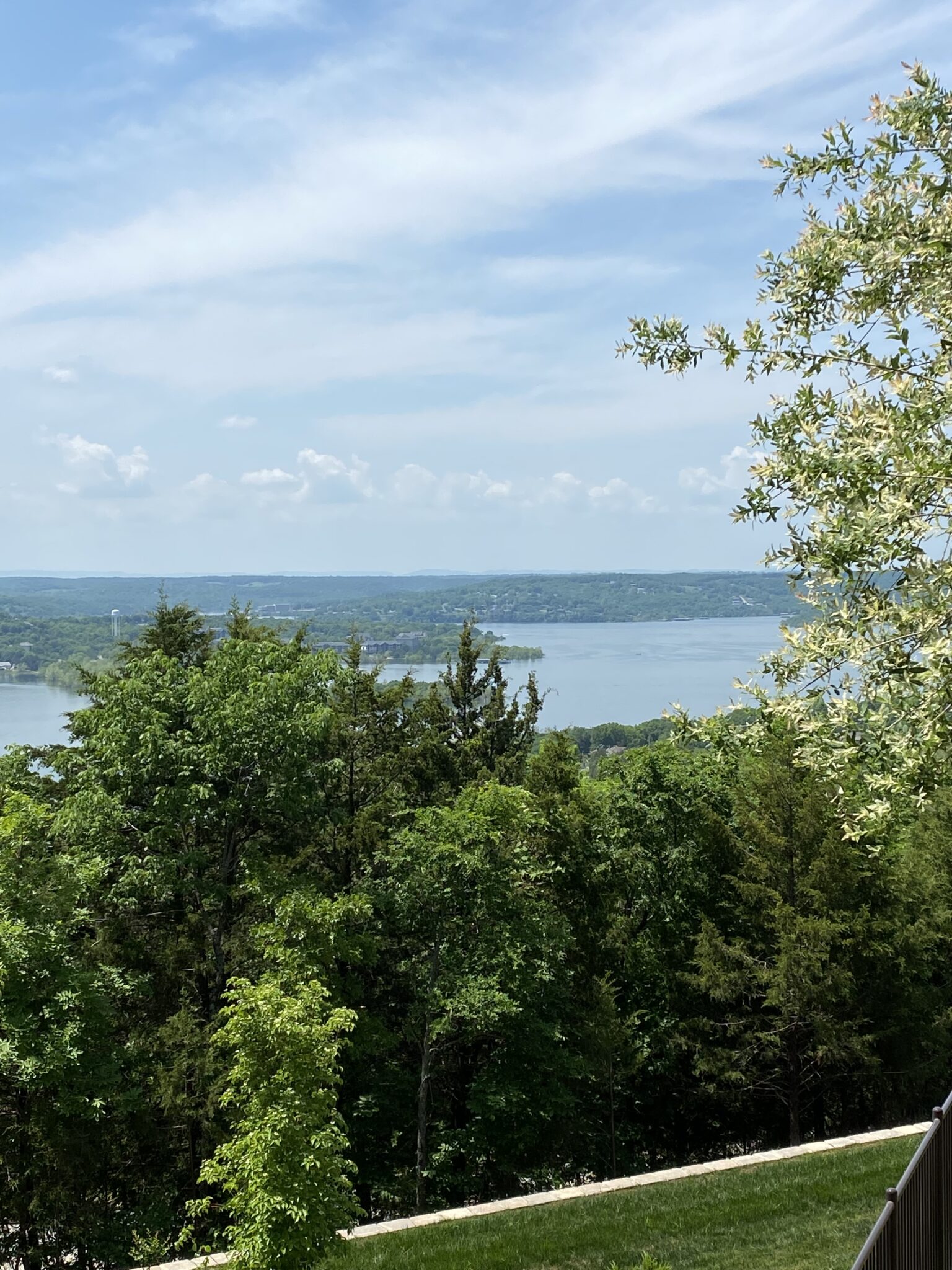
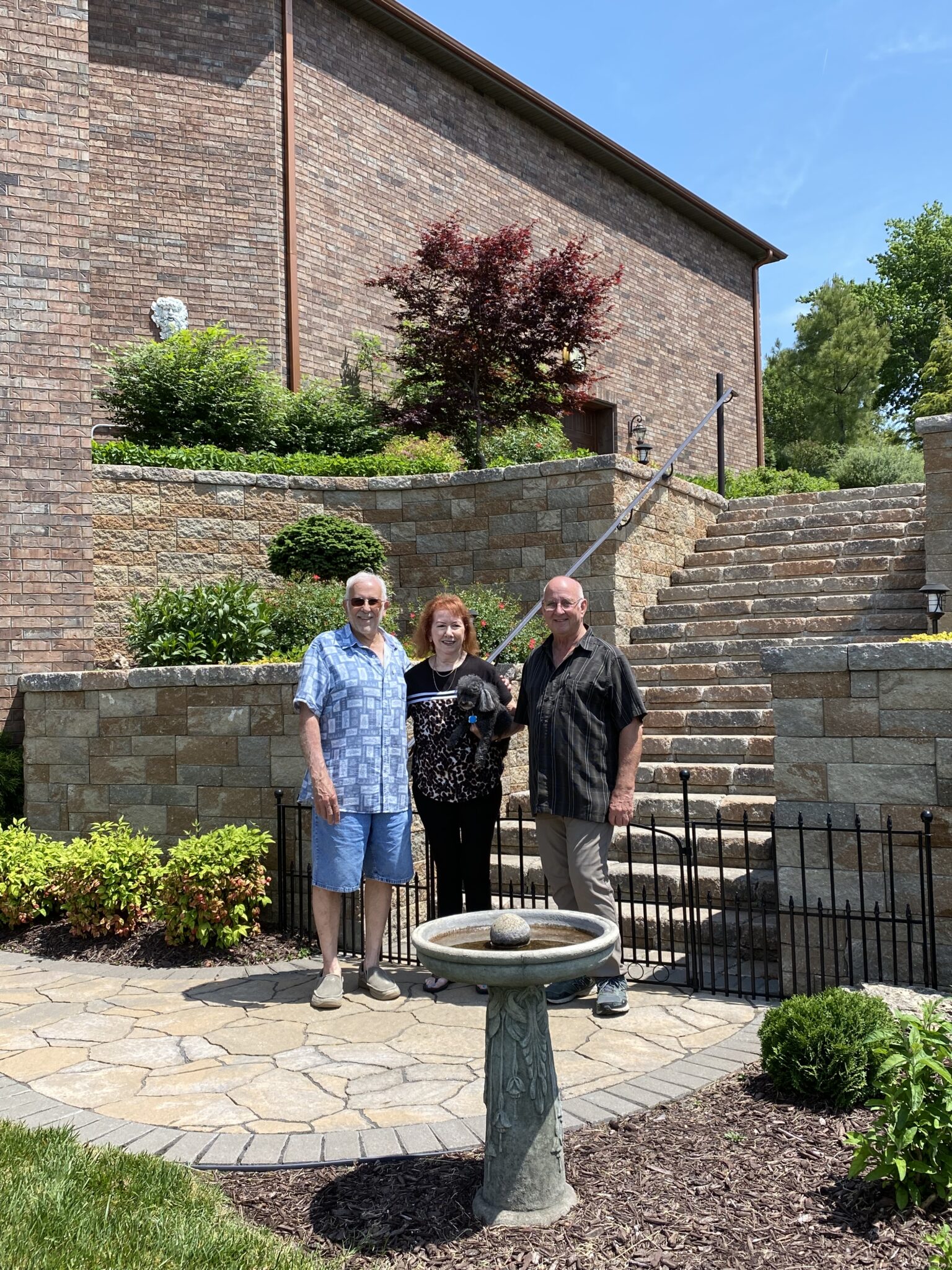
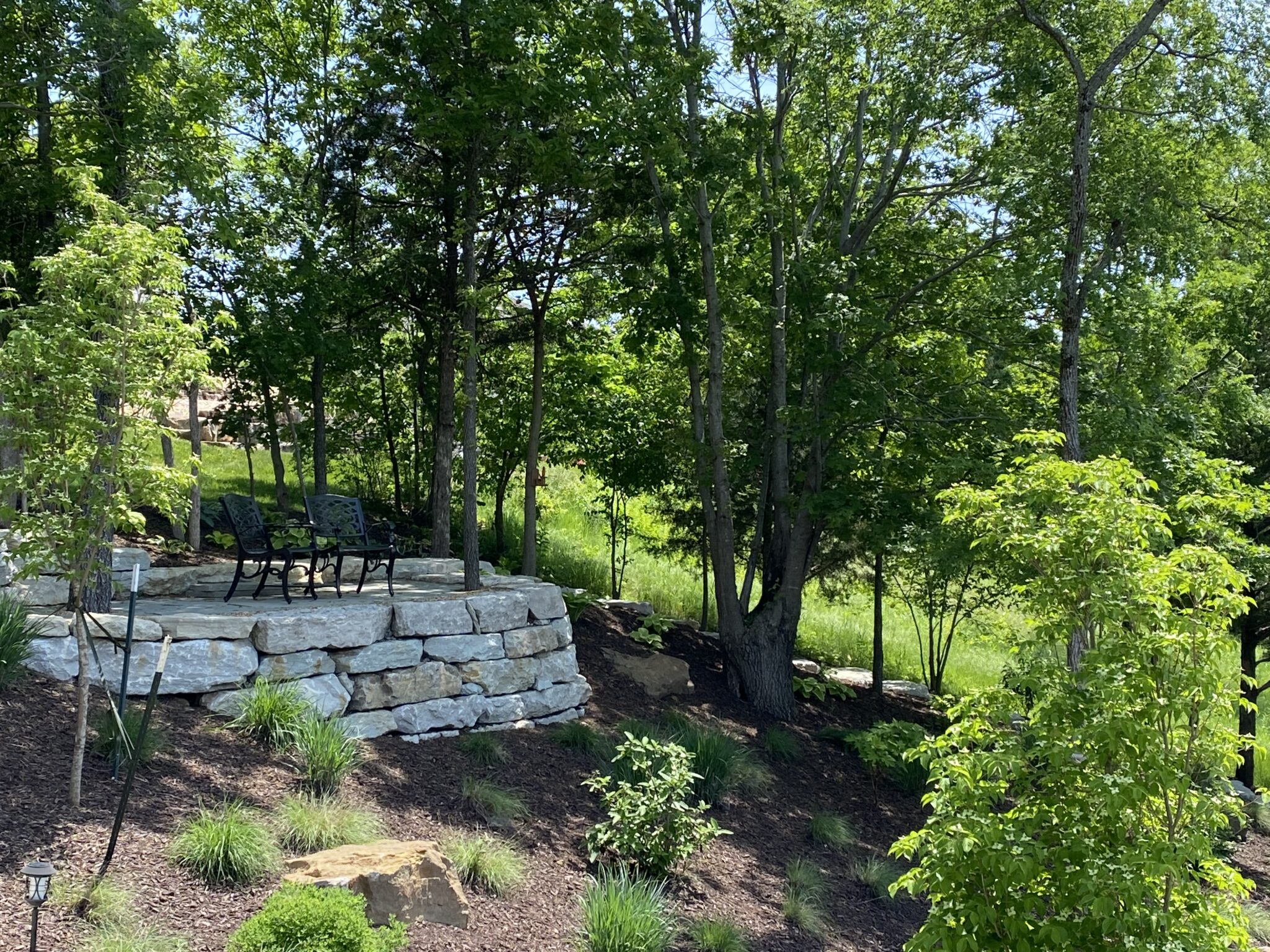
Judy and Rick introduced us to nearby Big Cedar Lodge, a resort developed by Bass Pro Shops owner Johnny Morris. Dave and Jane were impressed by the good food, beautiful location and incredible attention to detail.
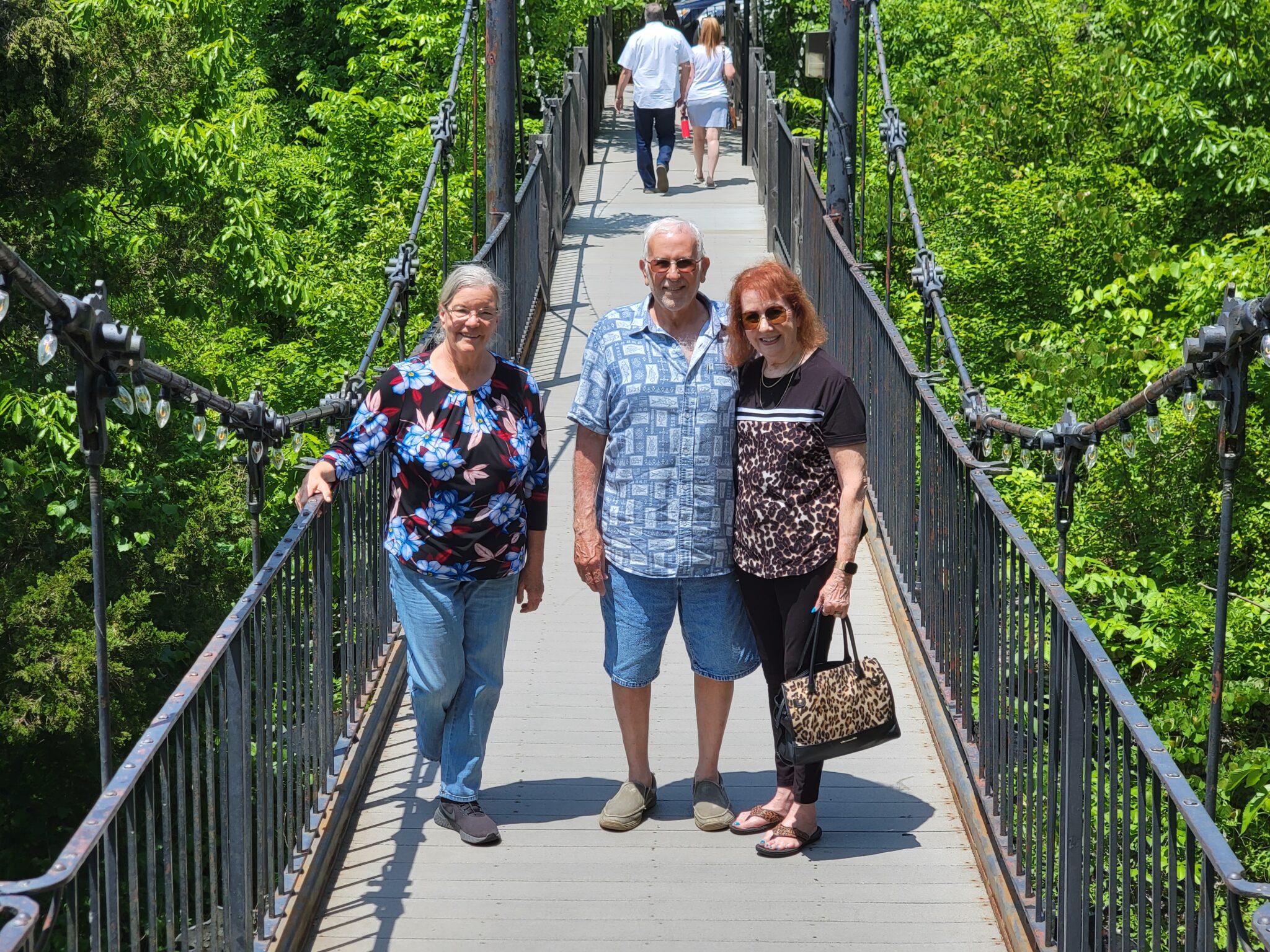
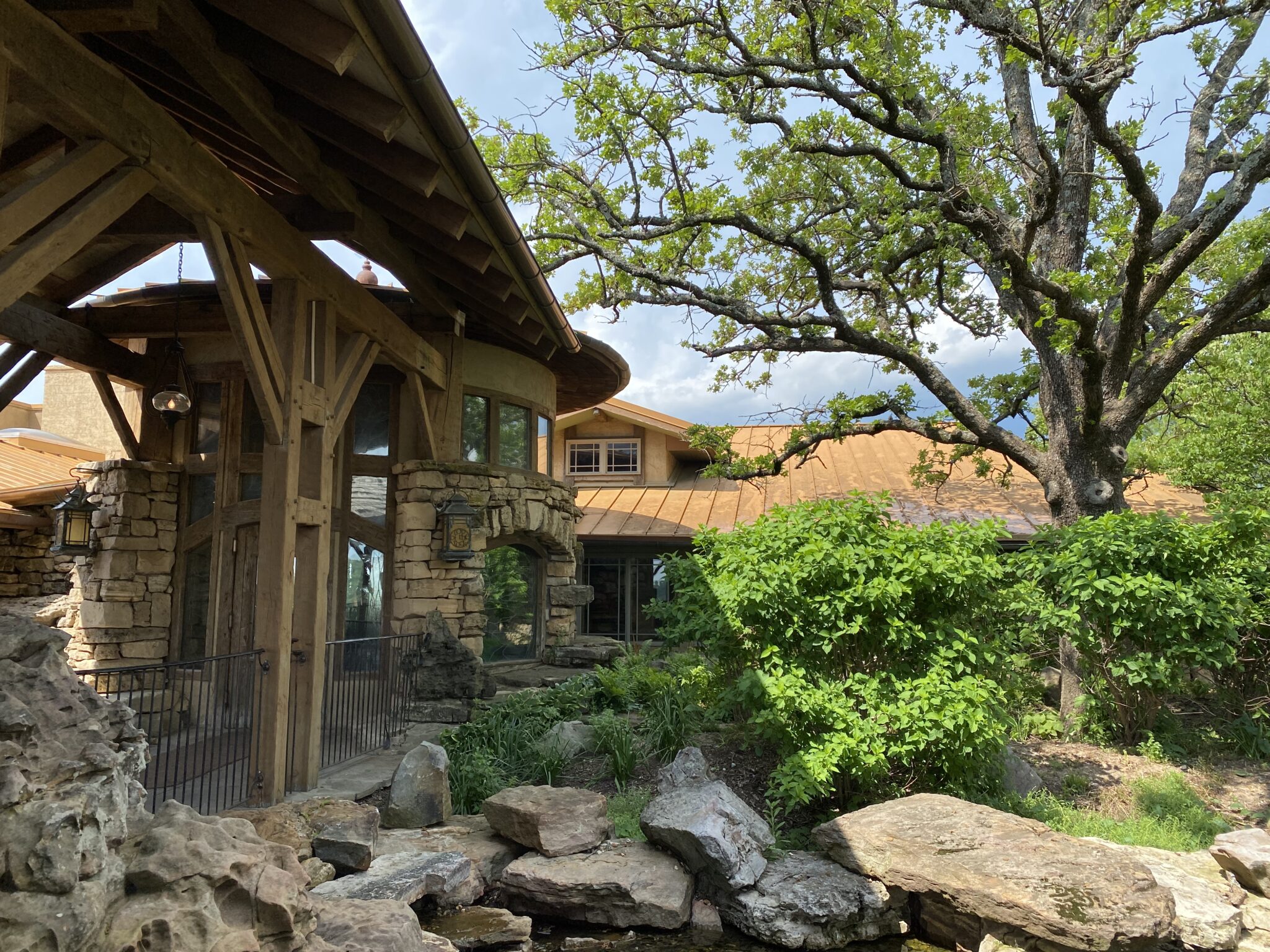
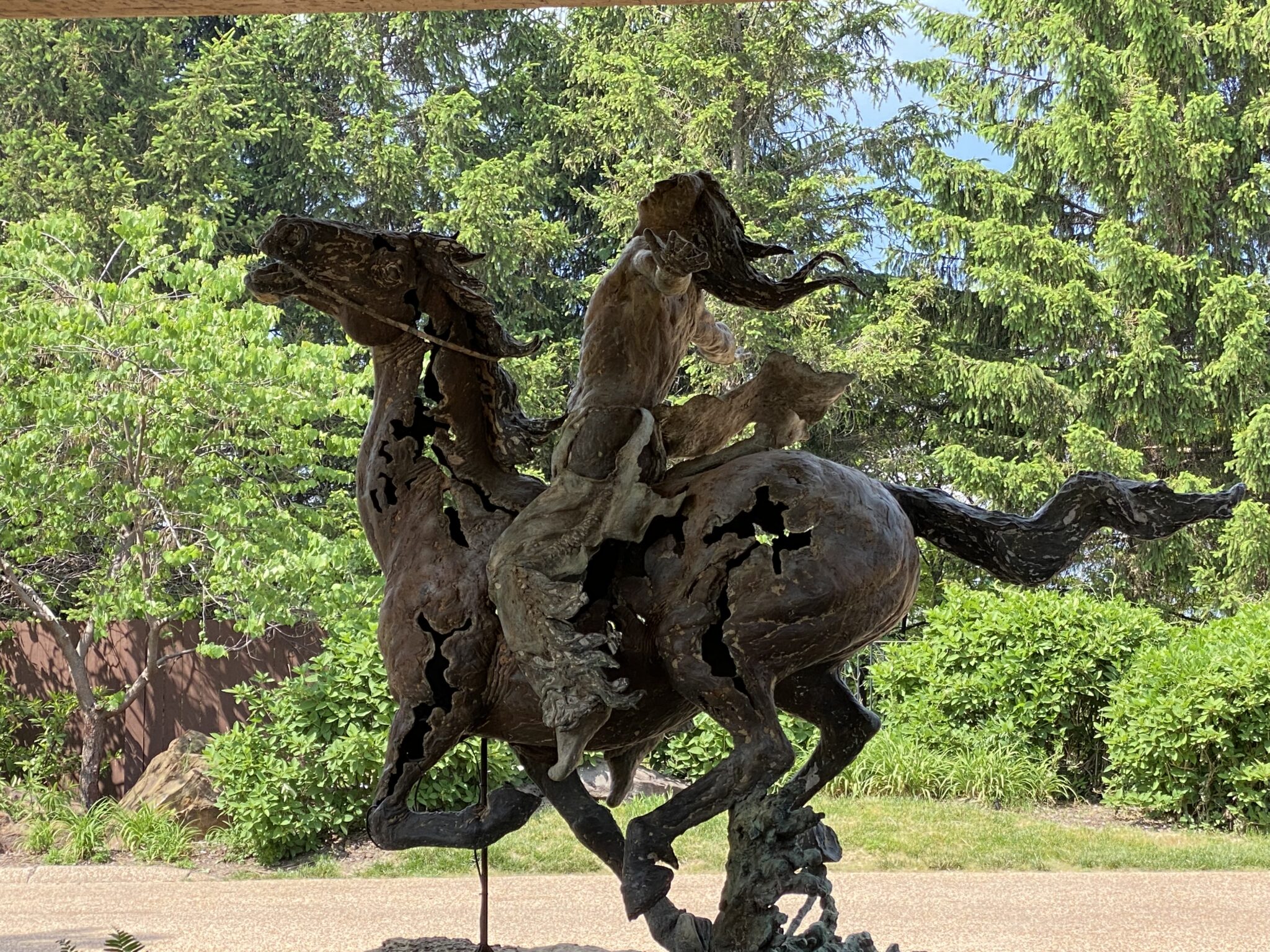
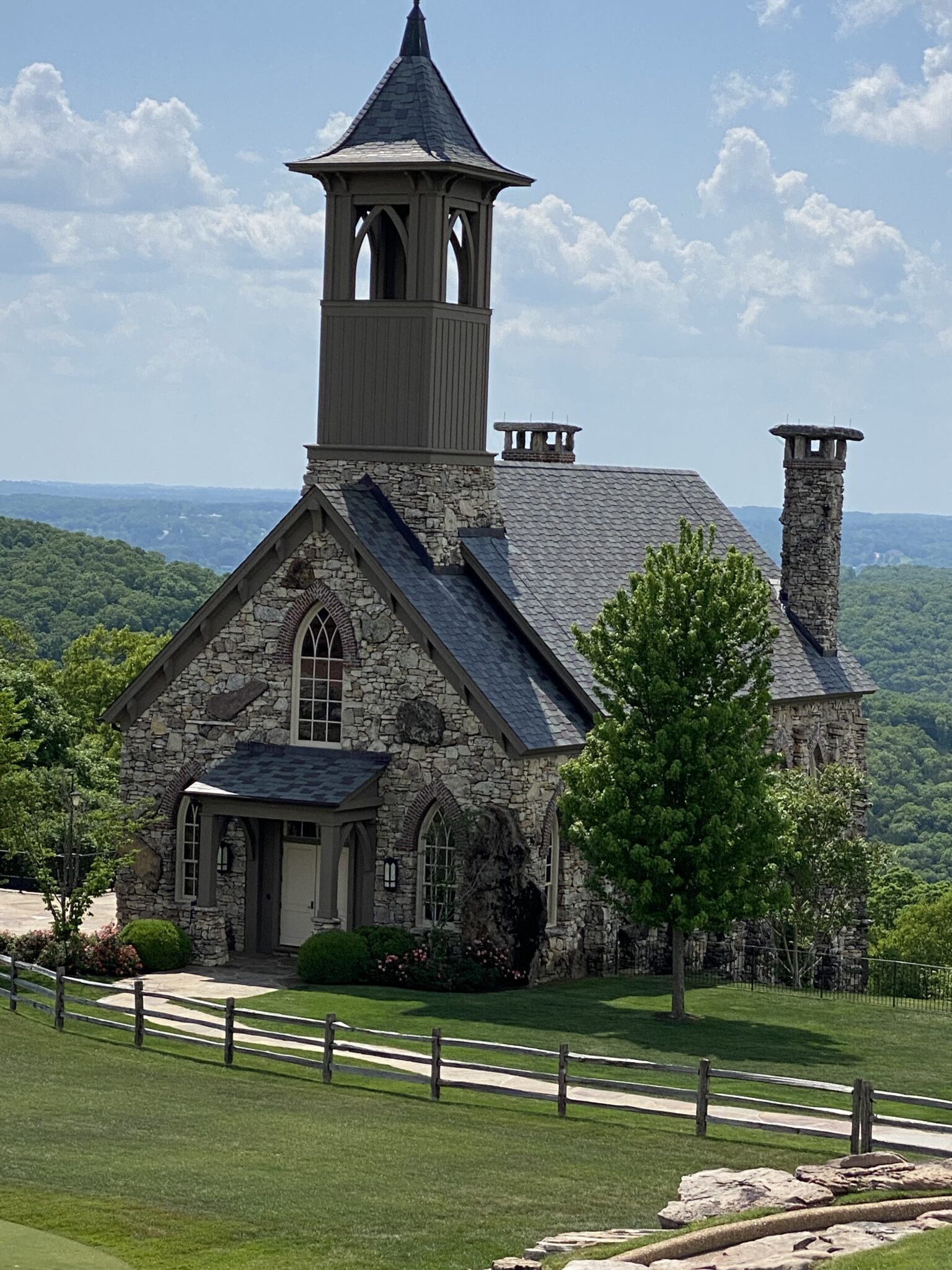

A sinkhole opened in one of the driving ranges at the resort in 2015. It’s five times larger now than it was when it opened.
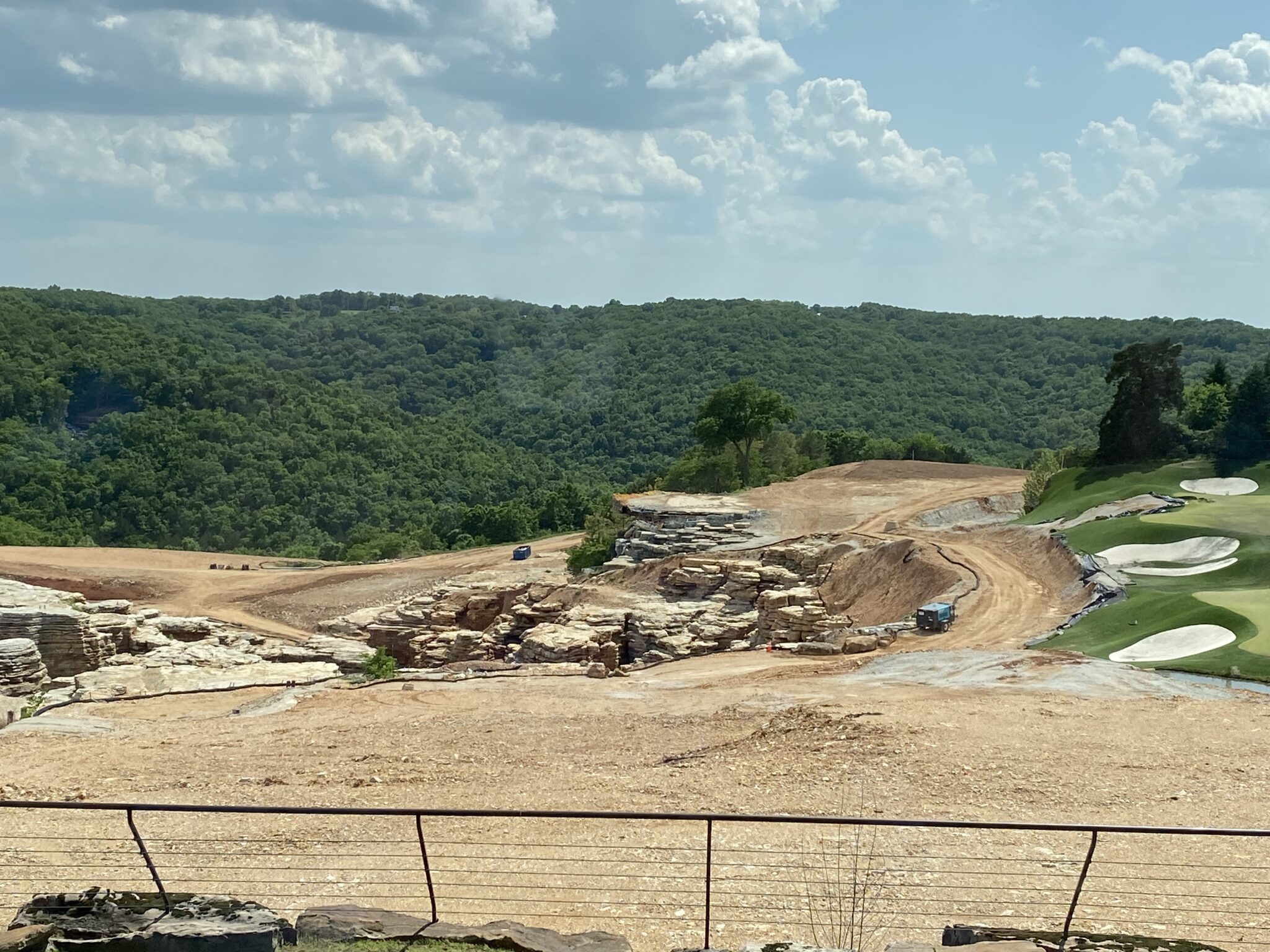
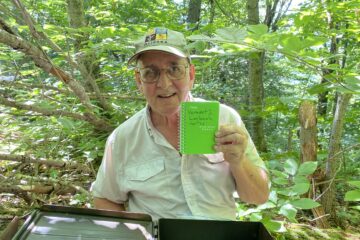
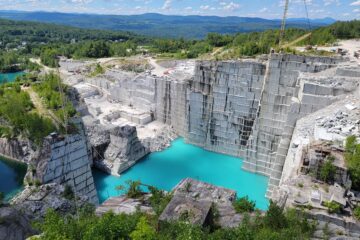
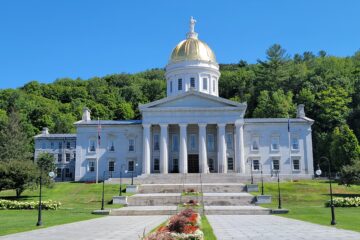
0 Comments